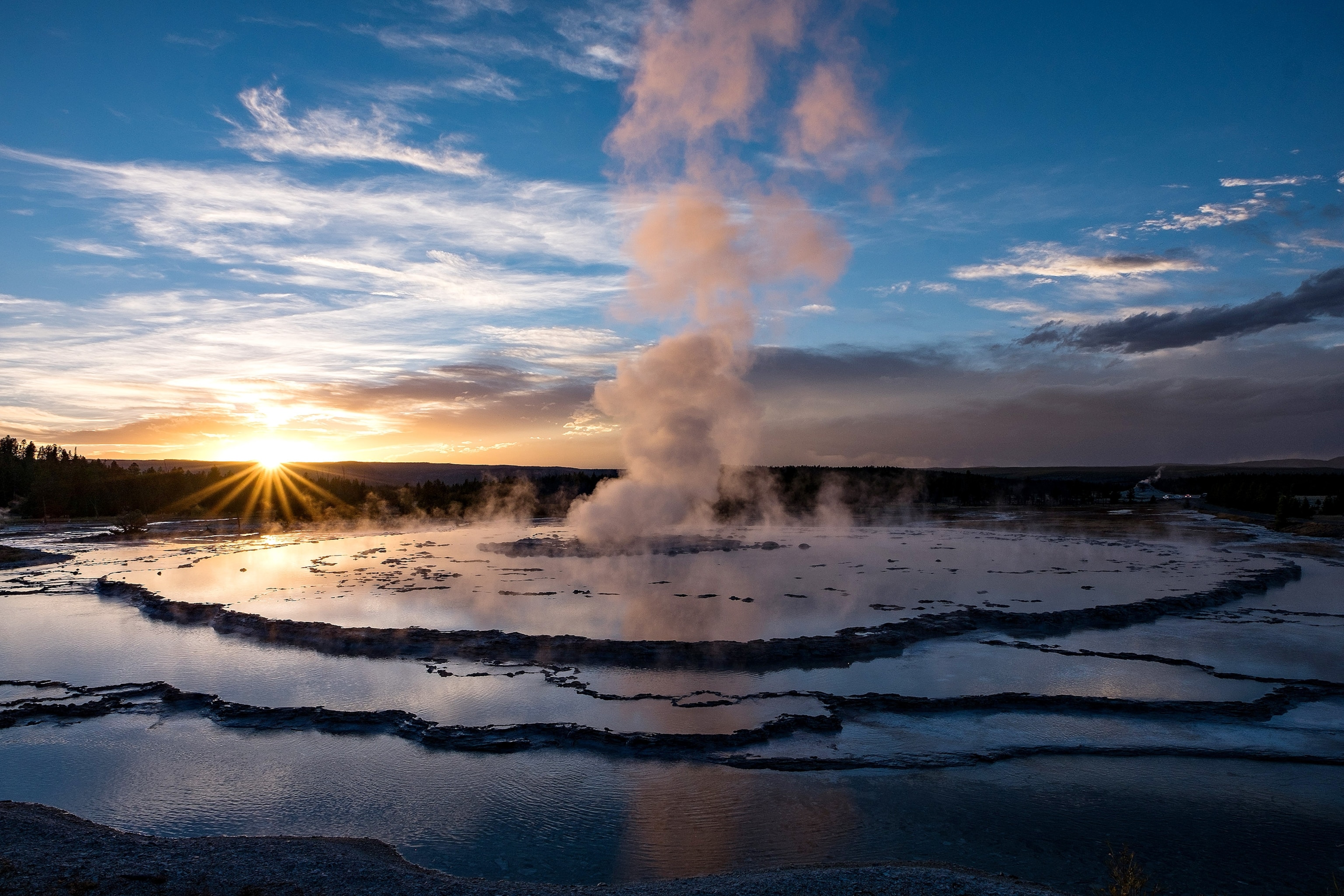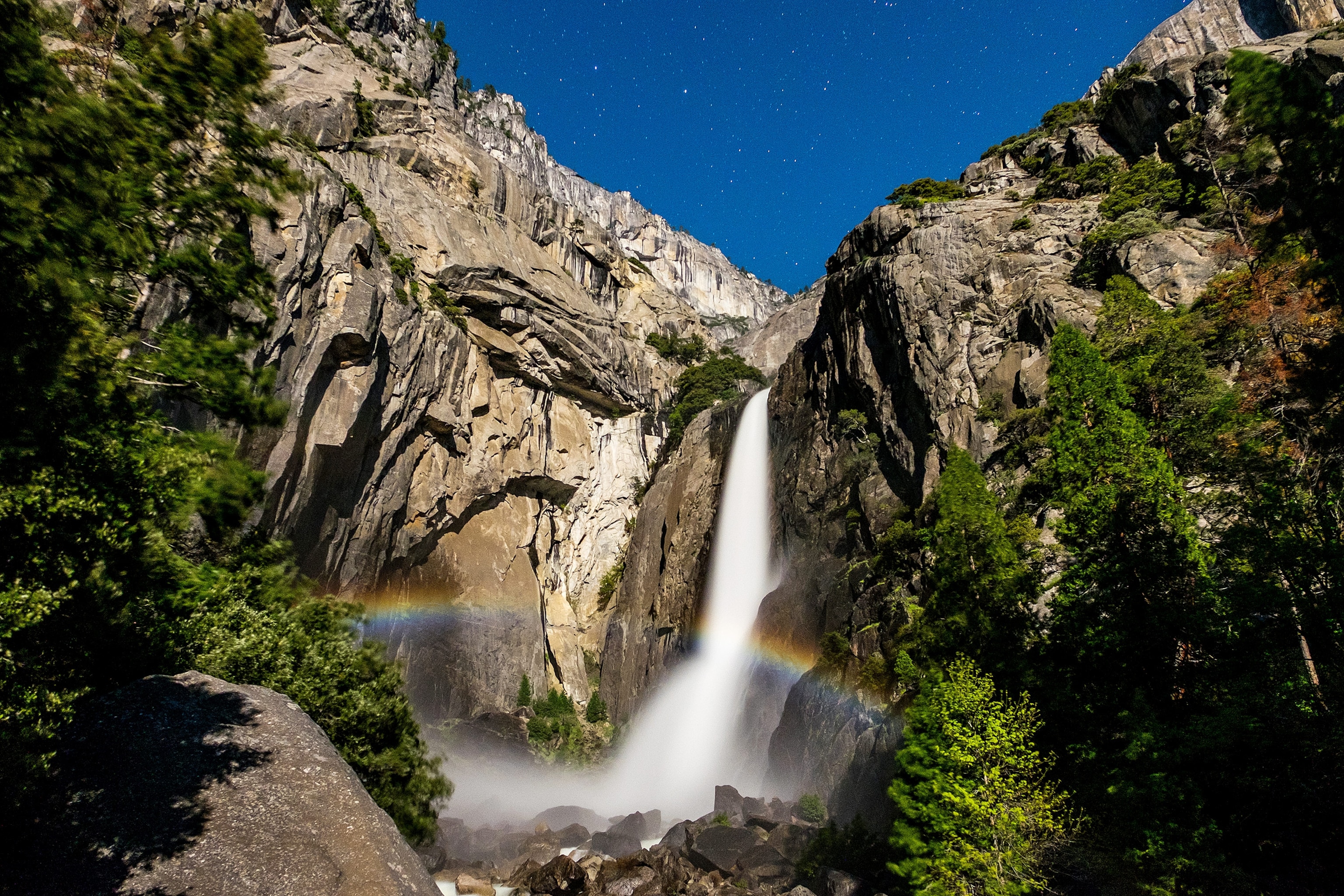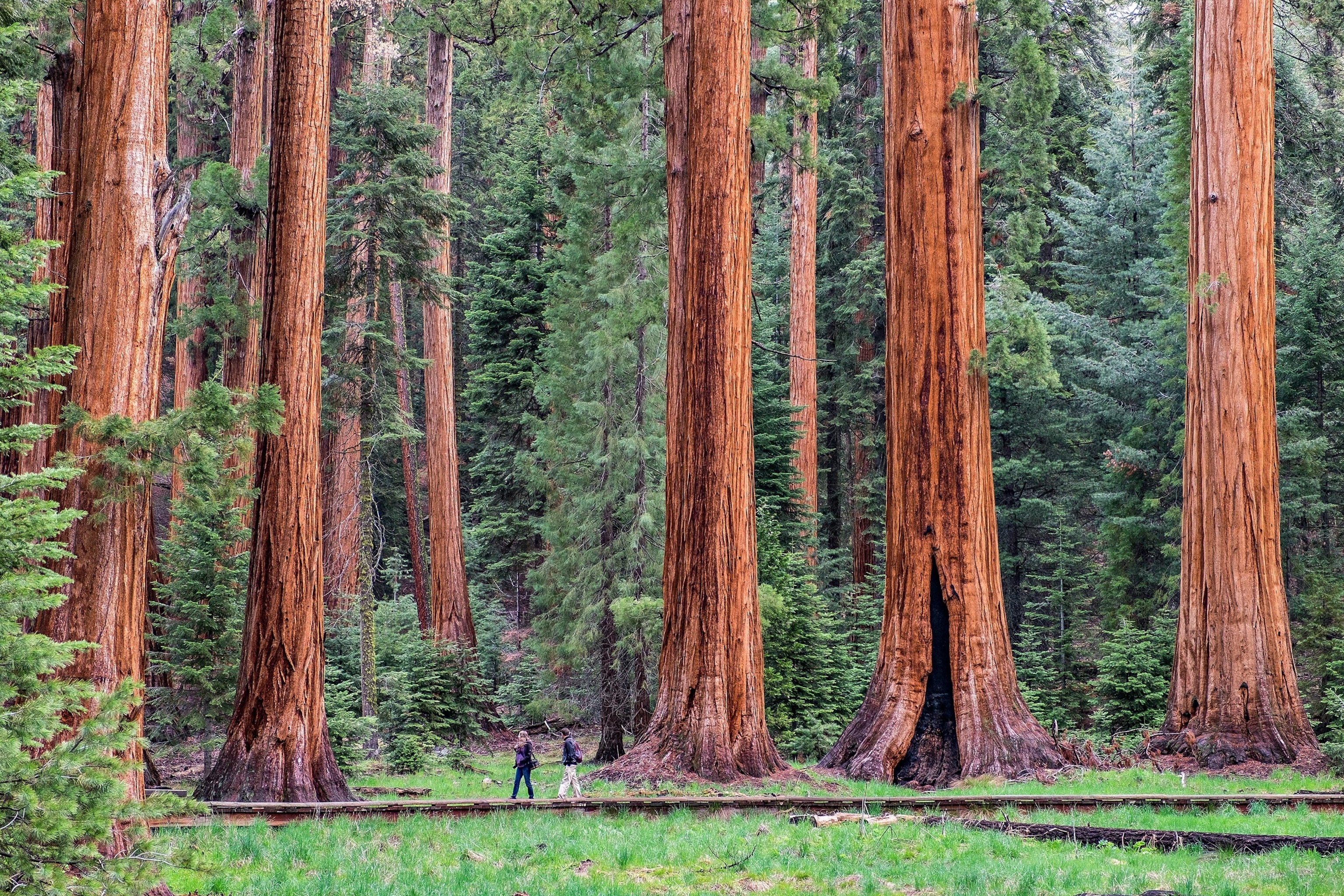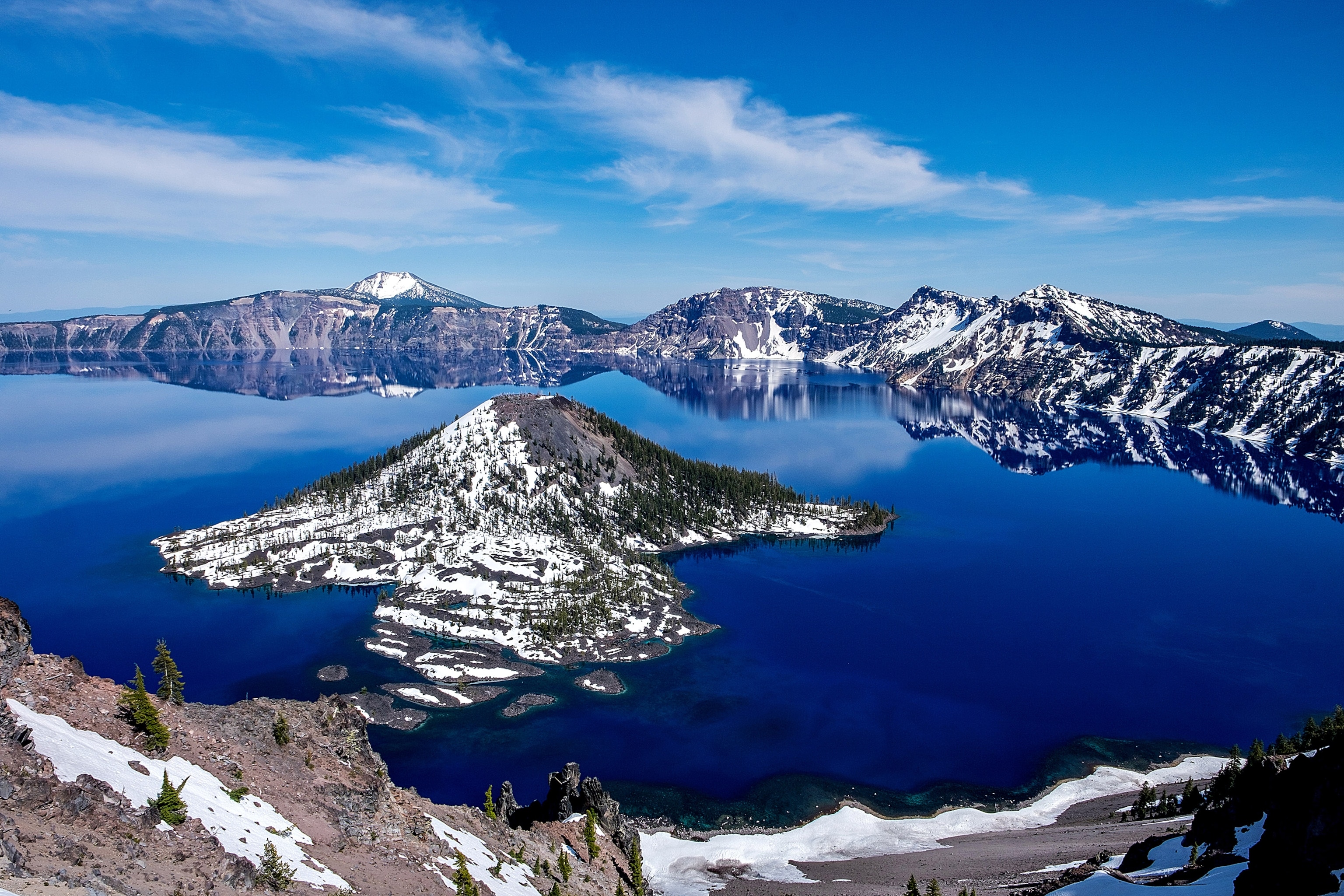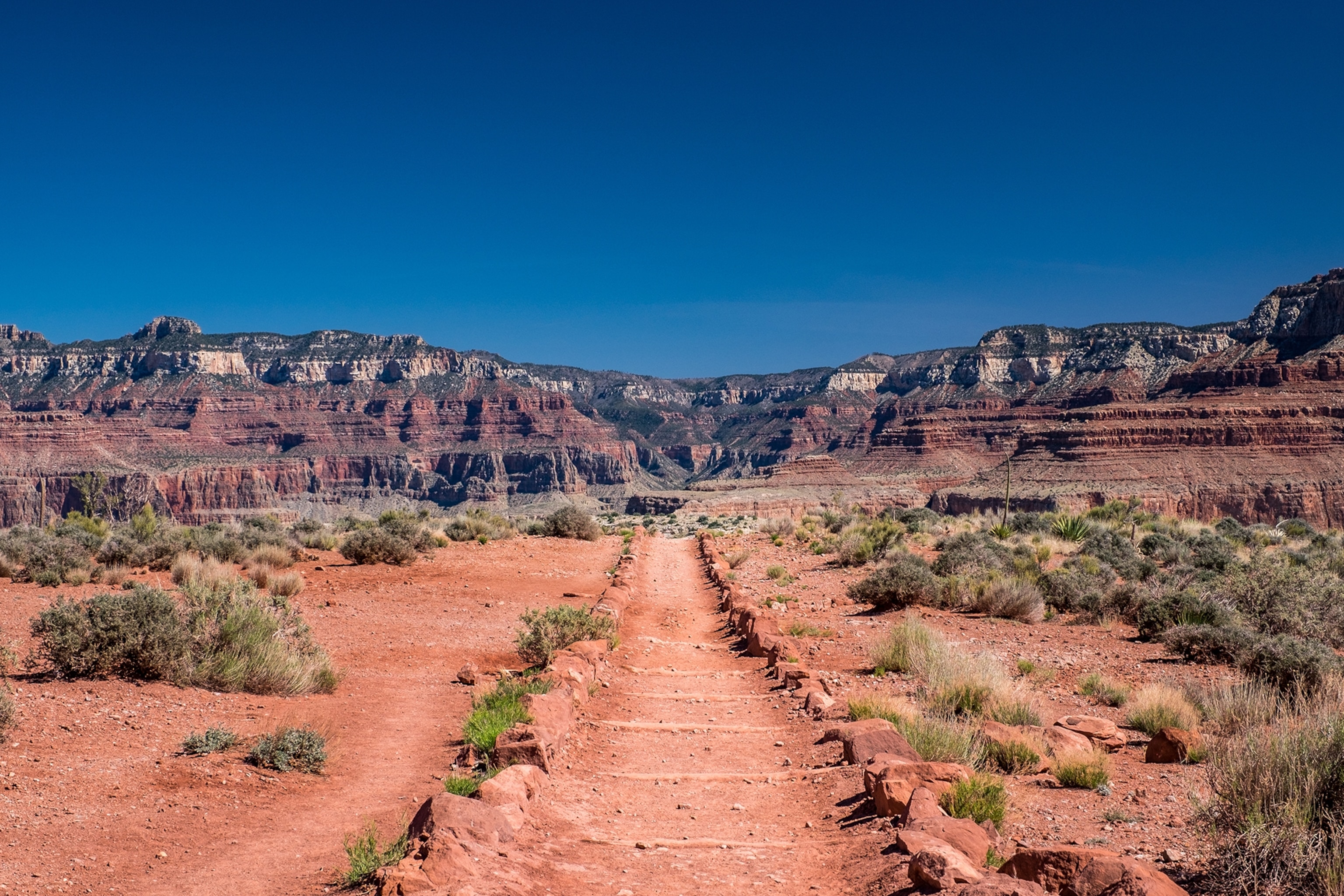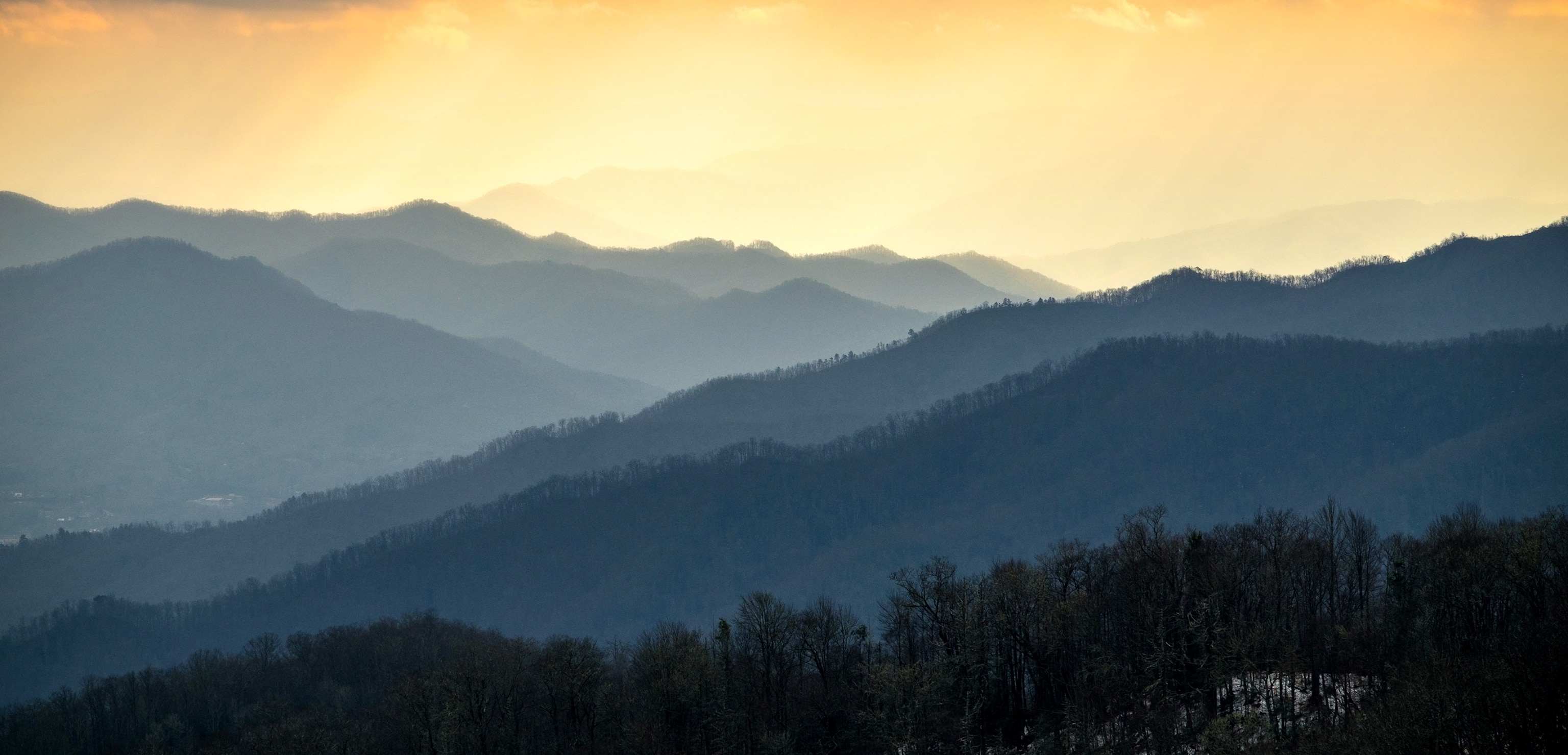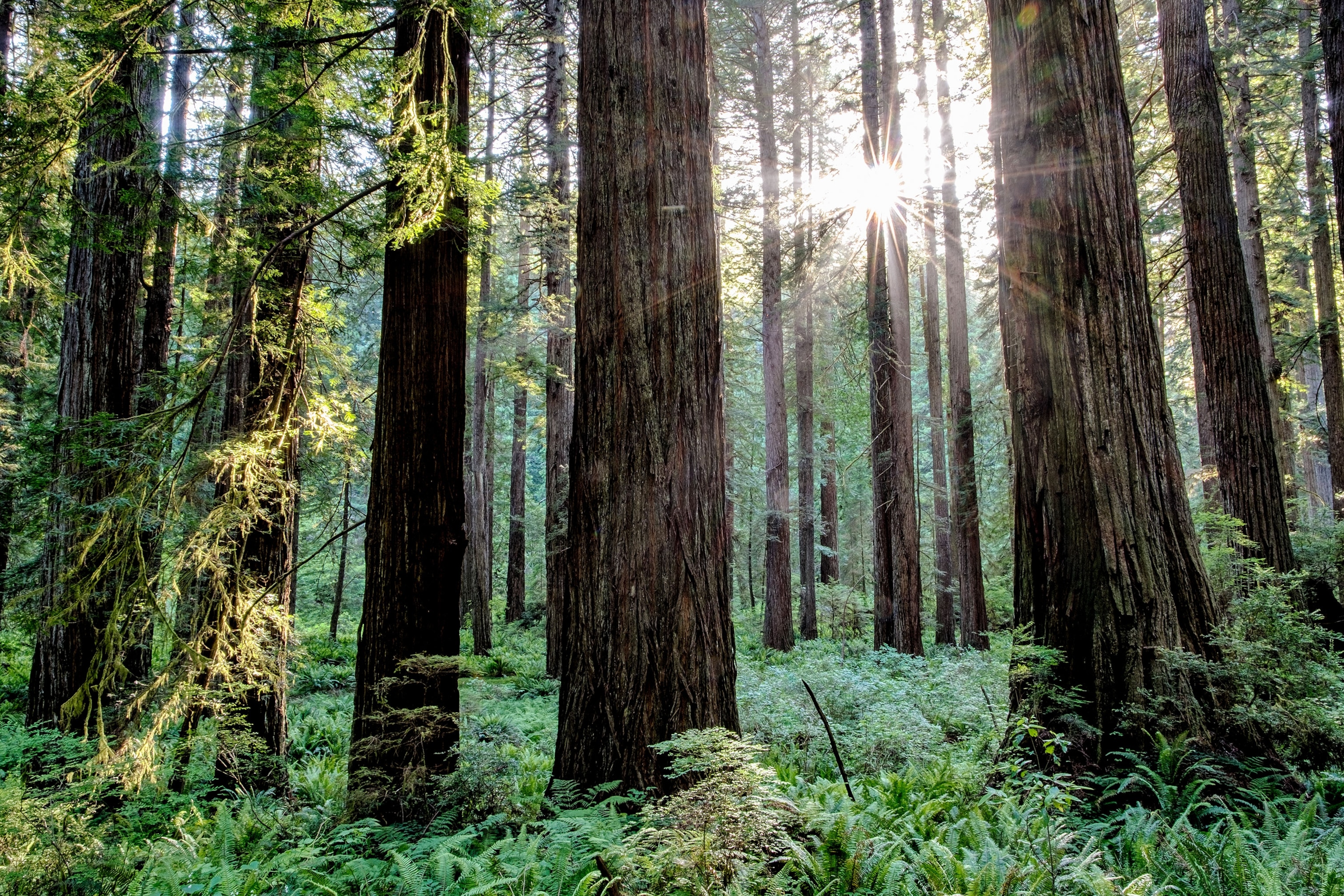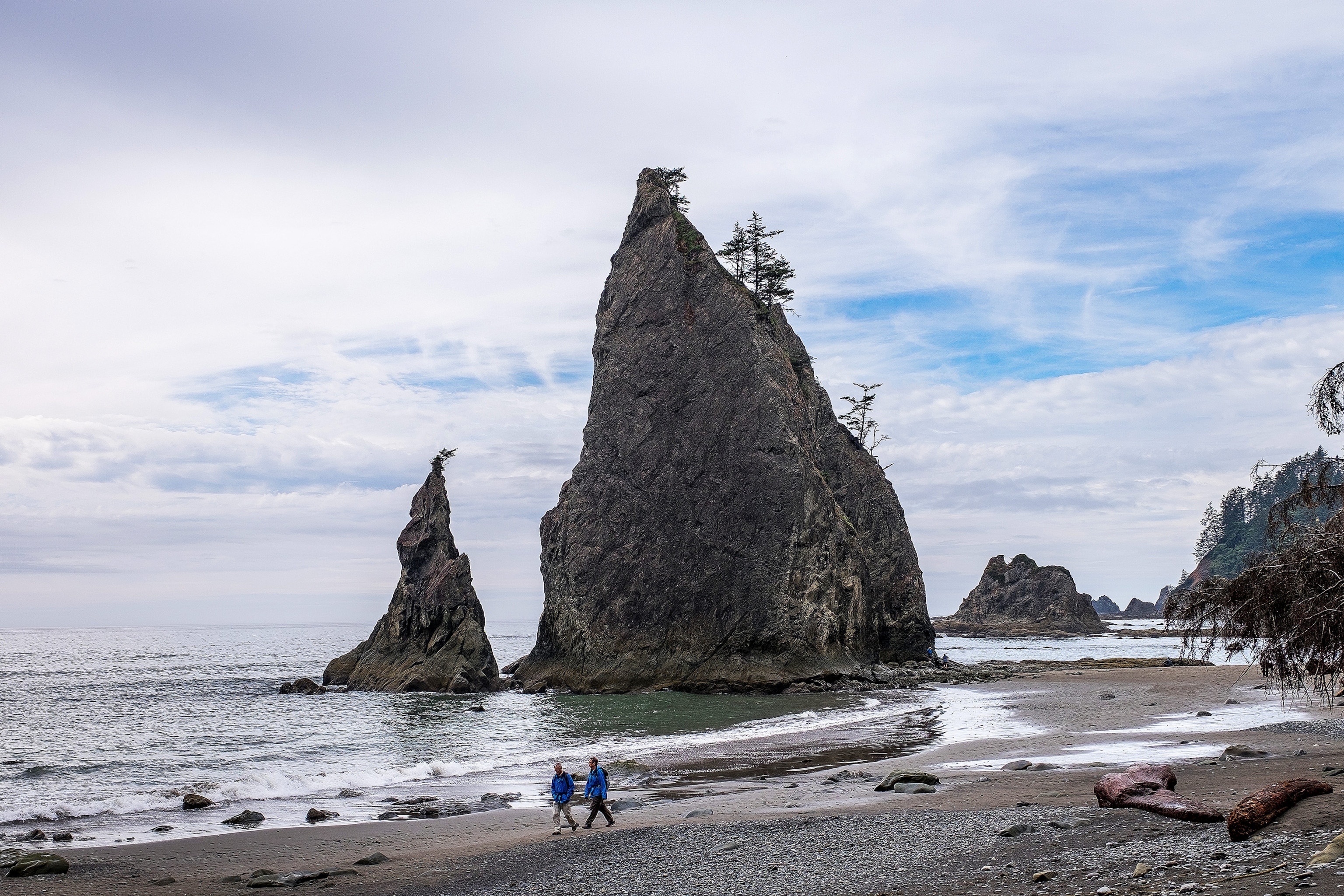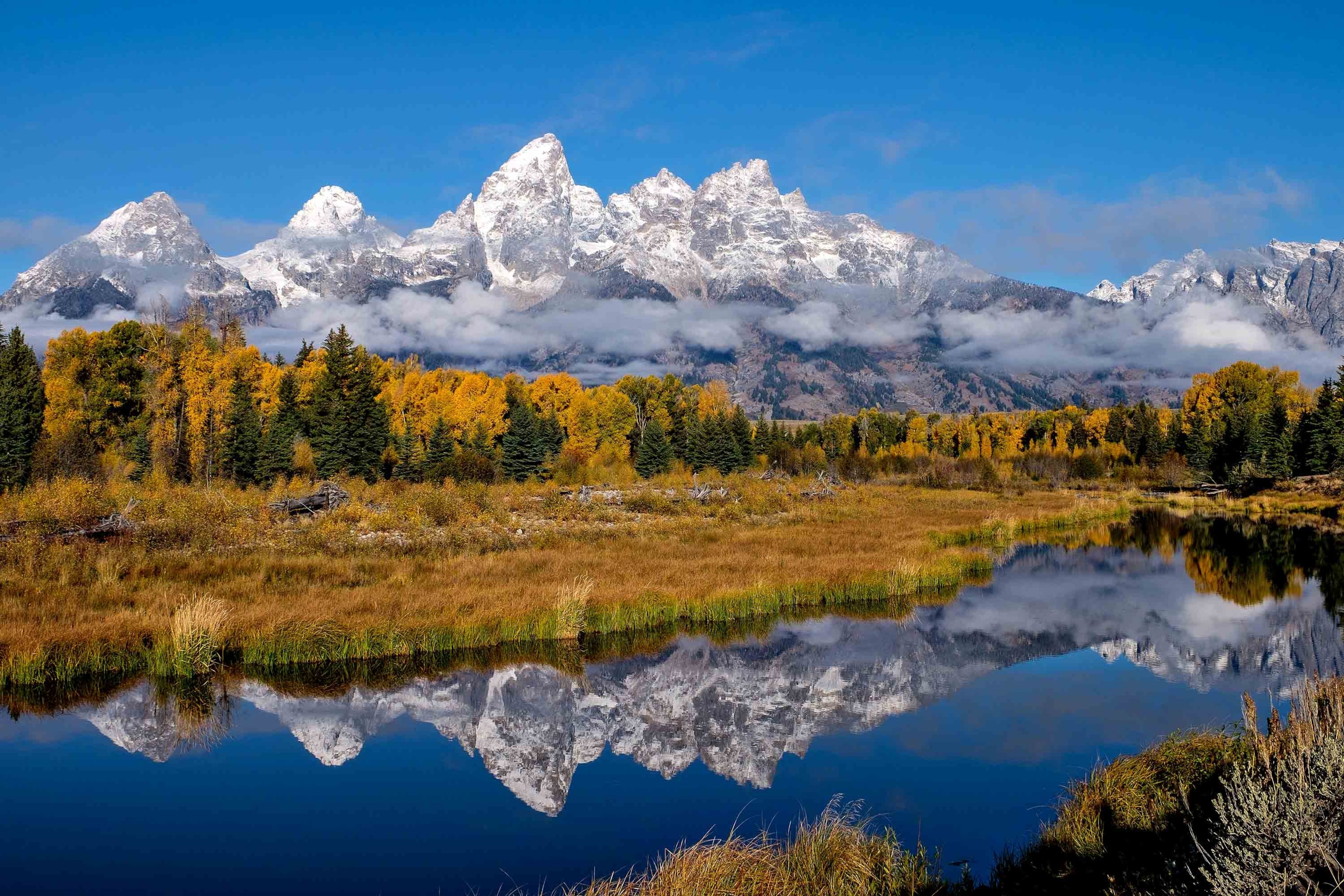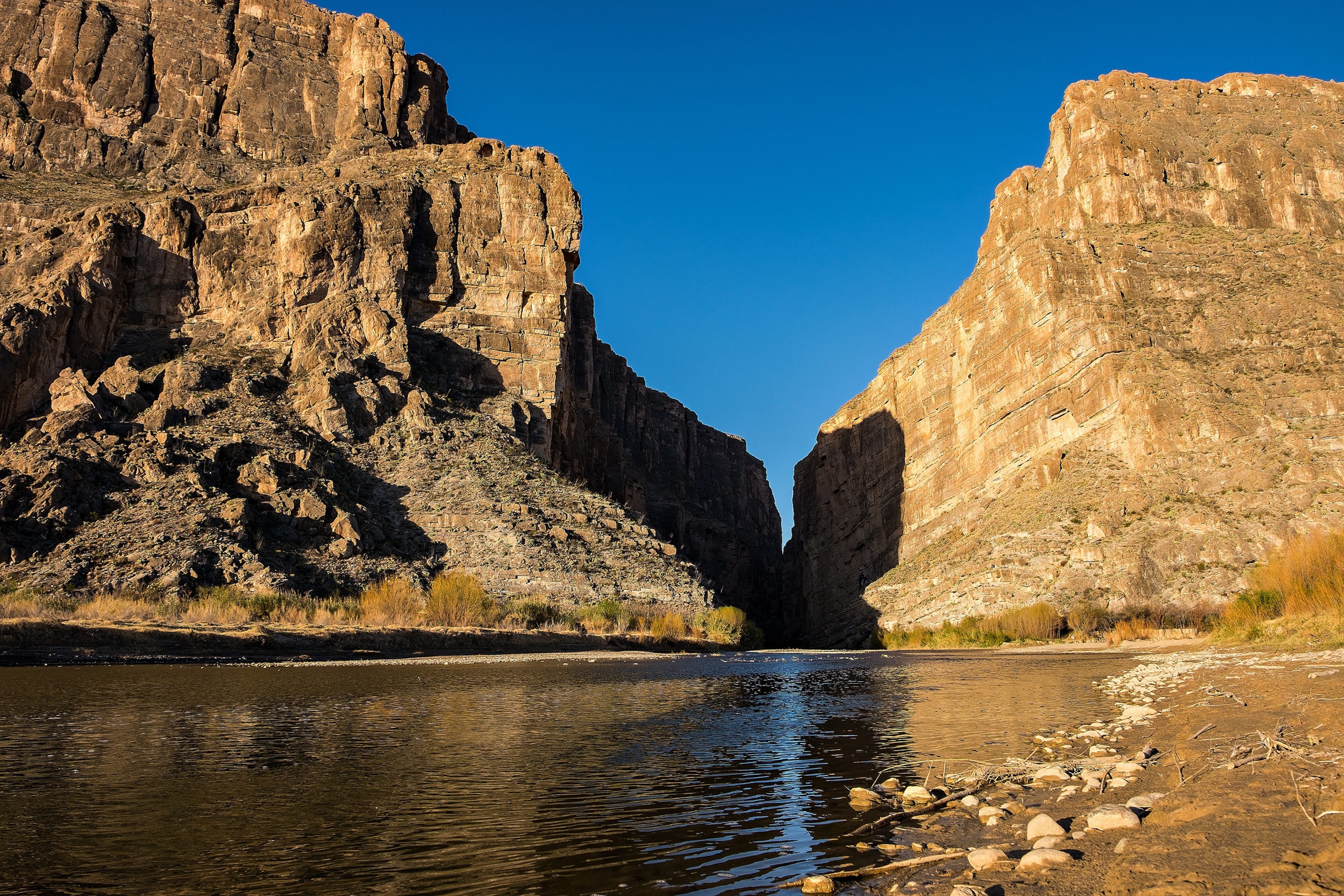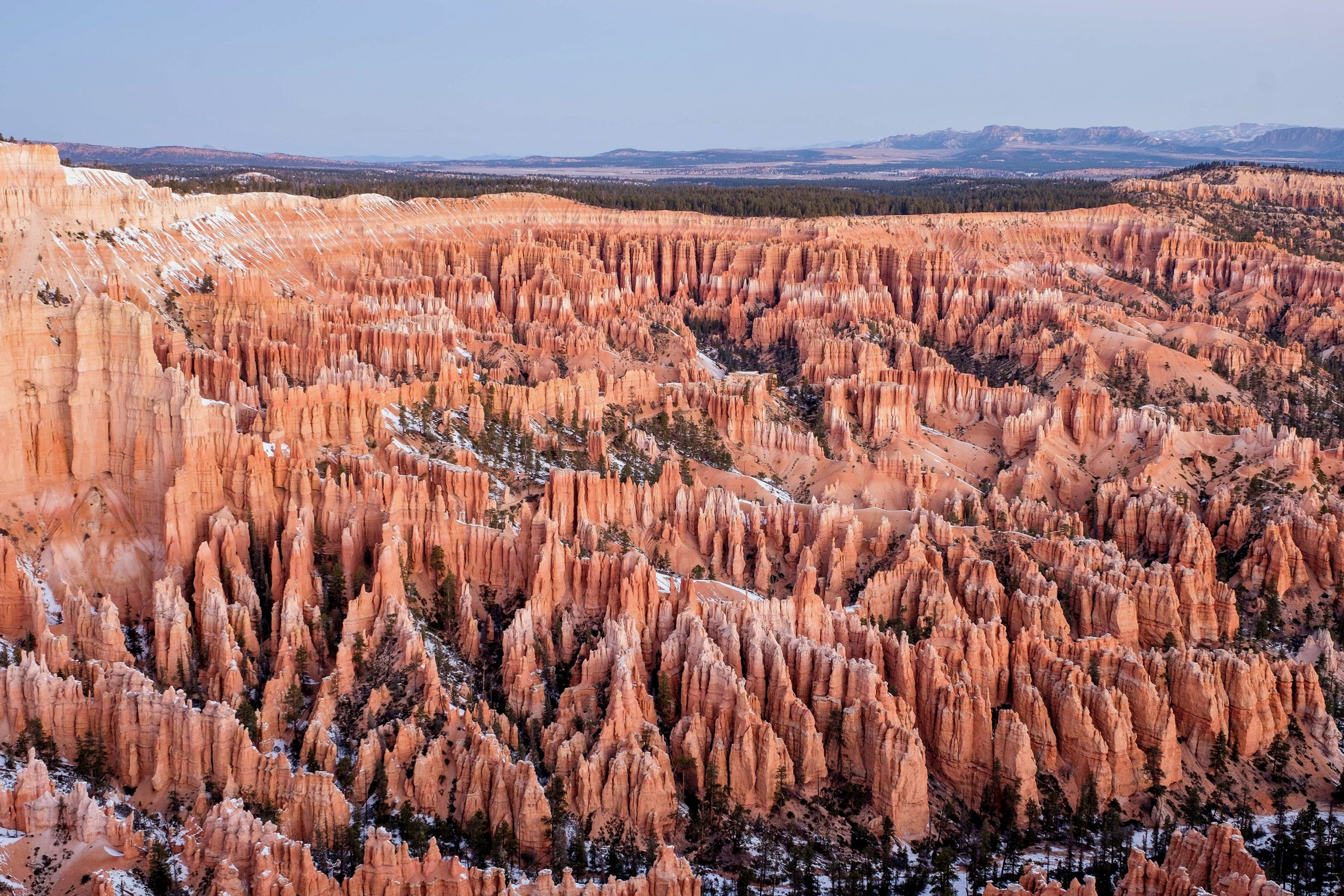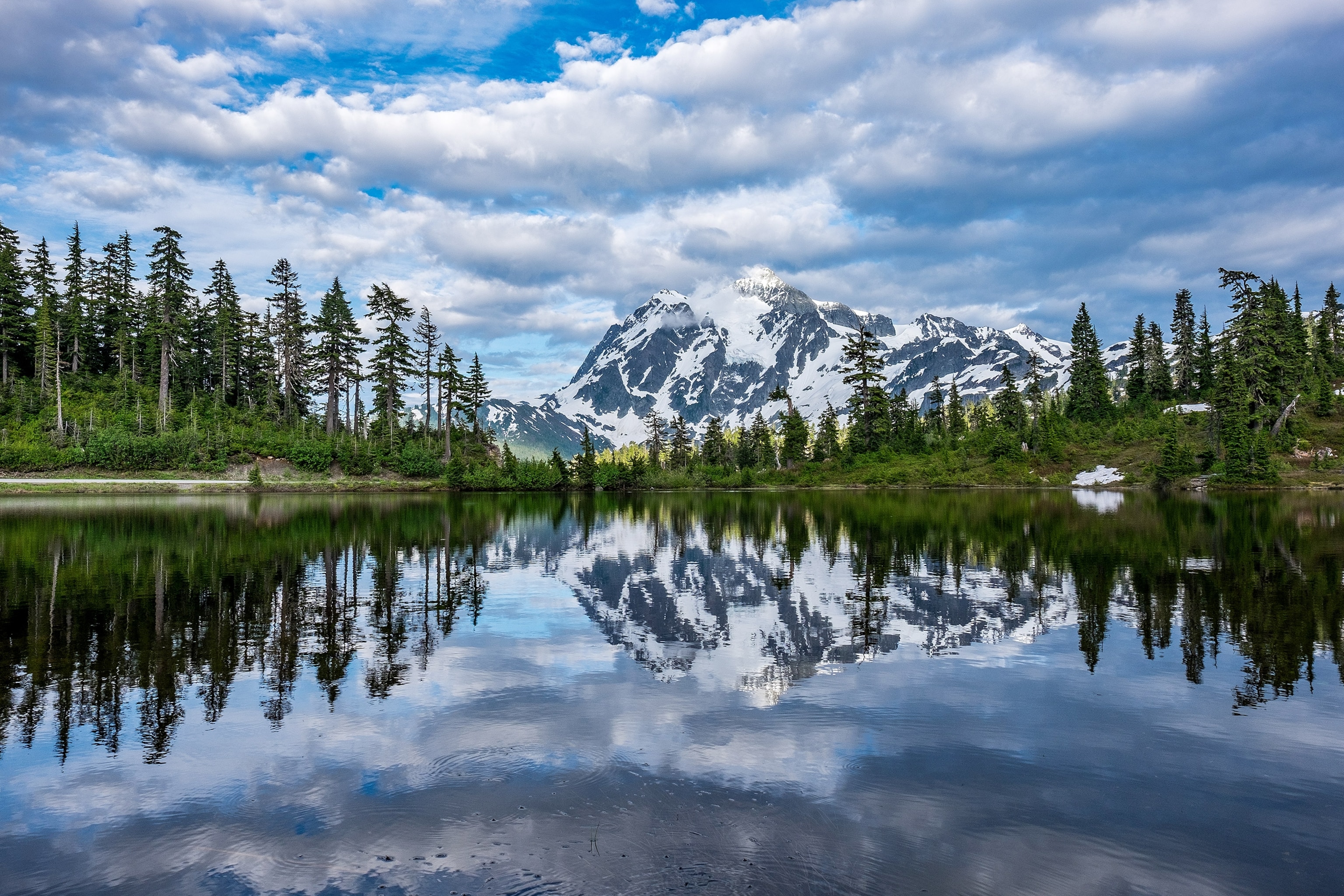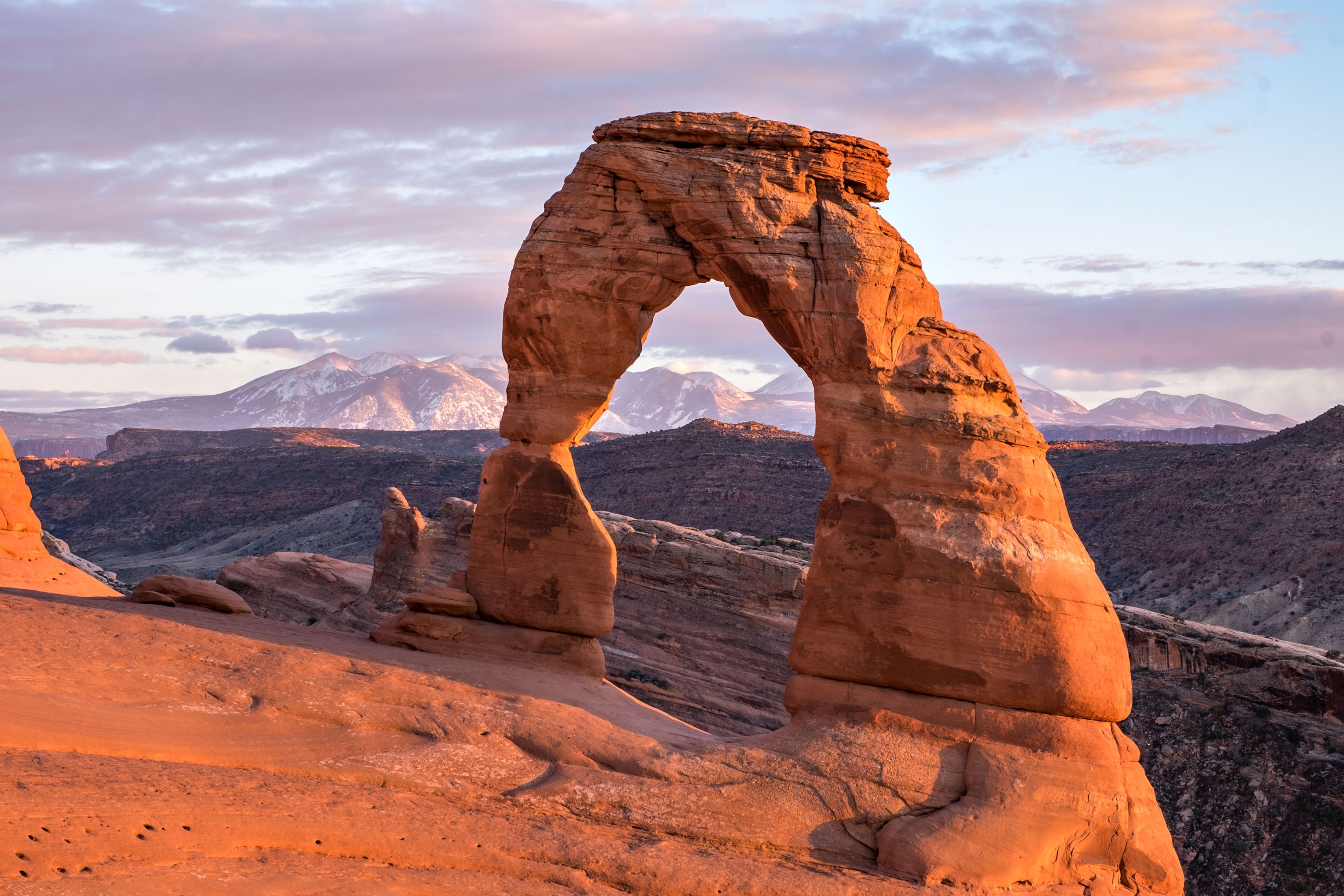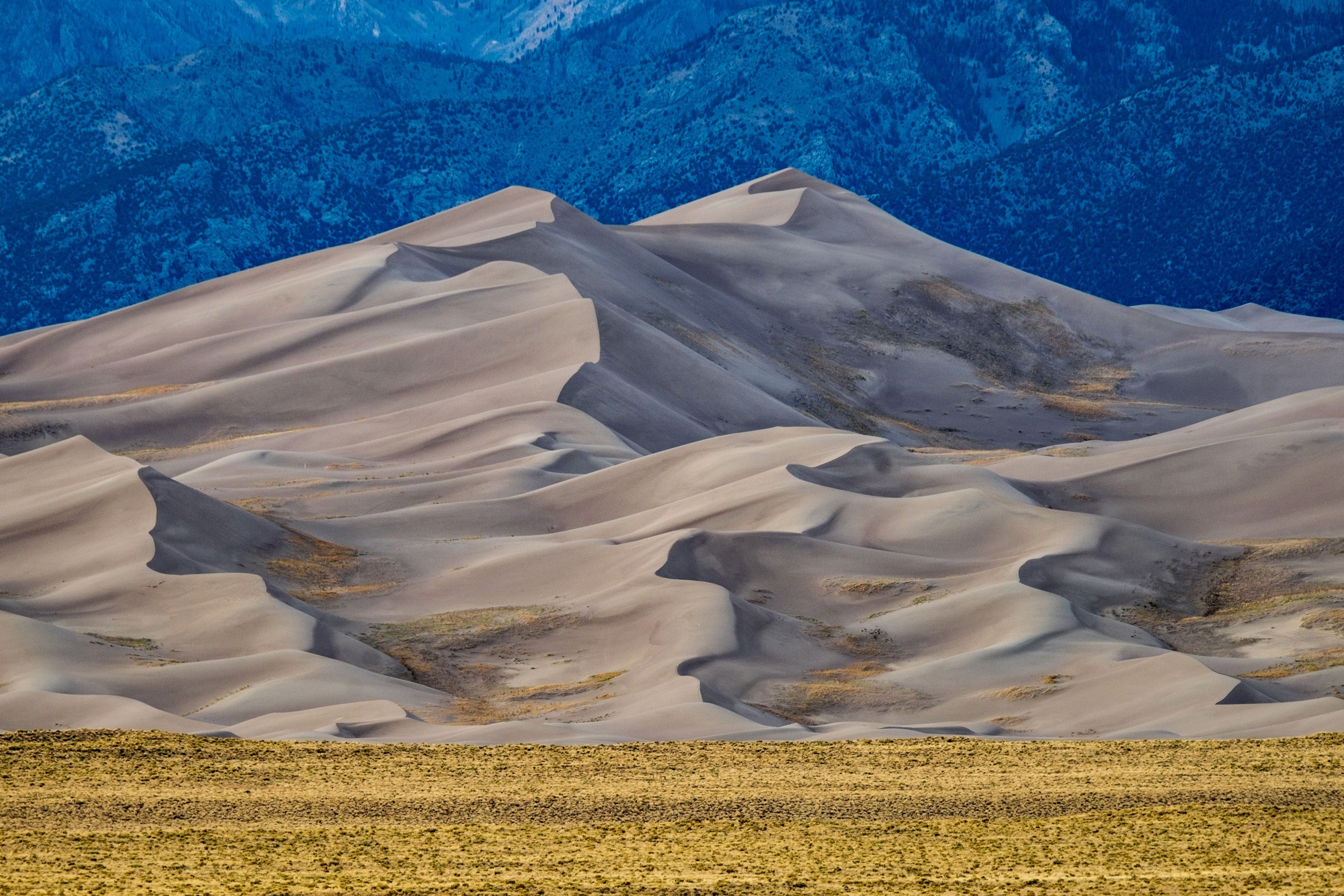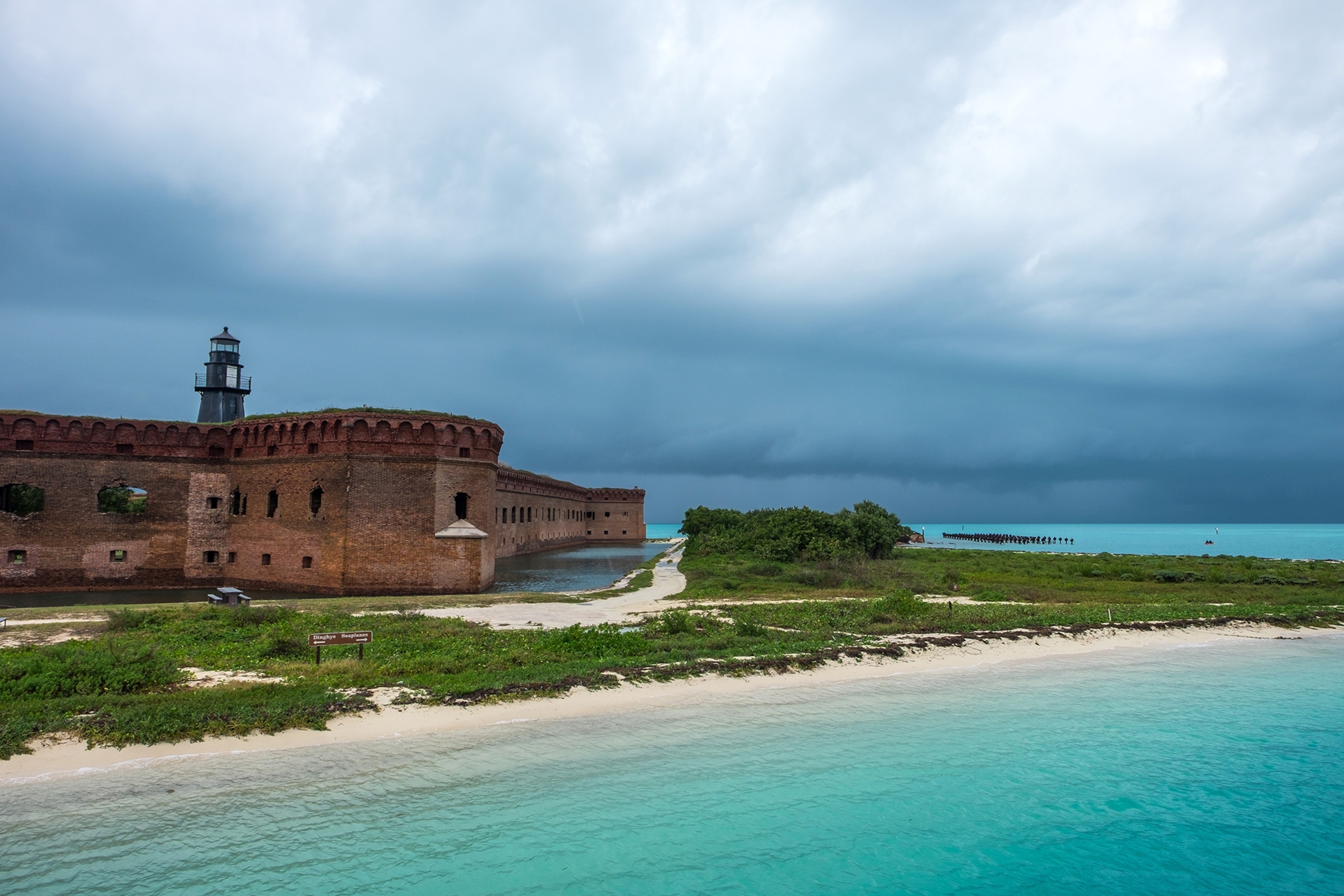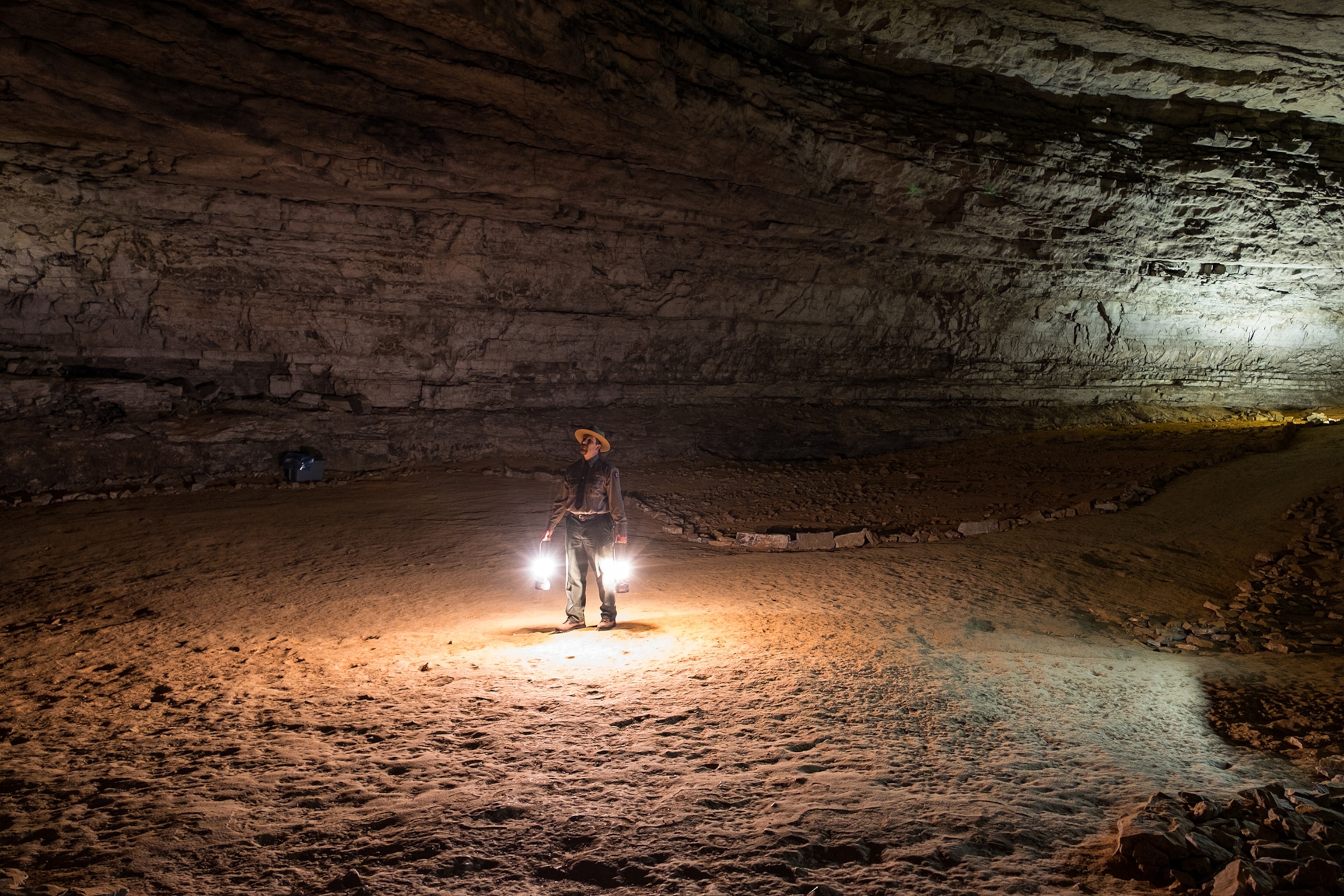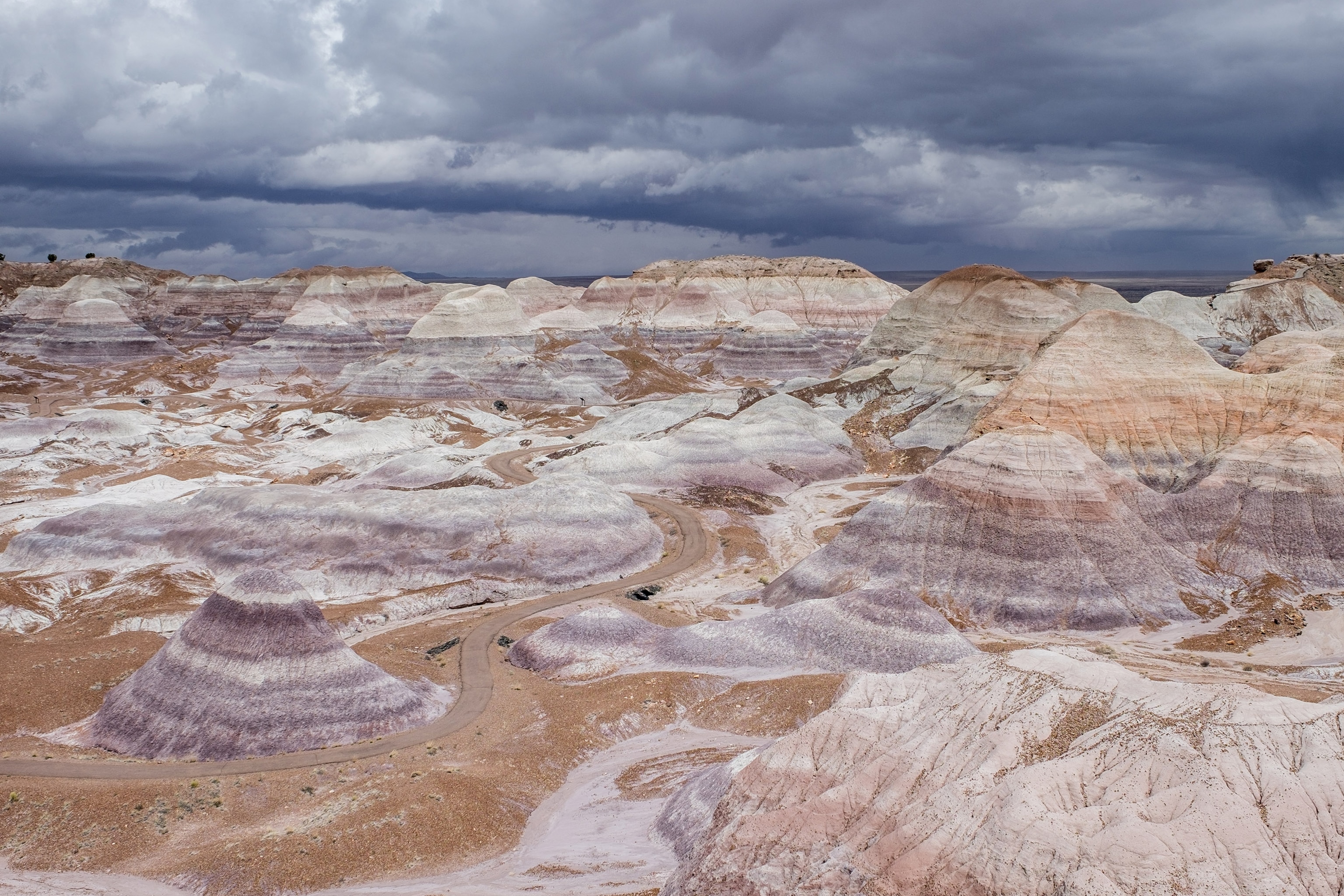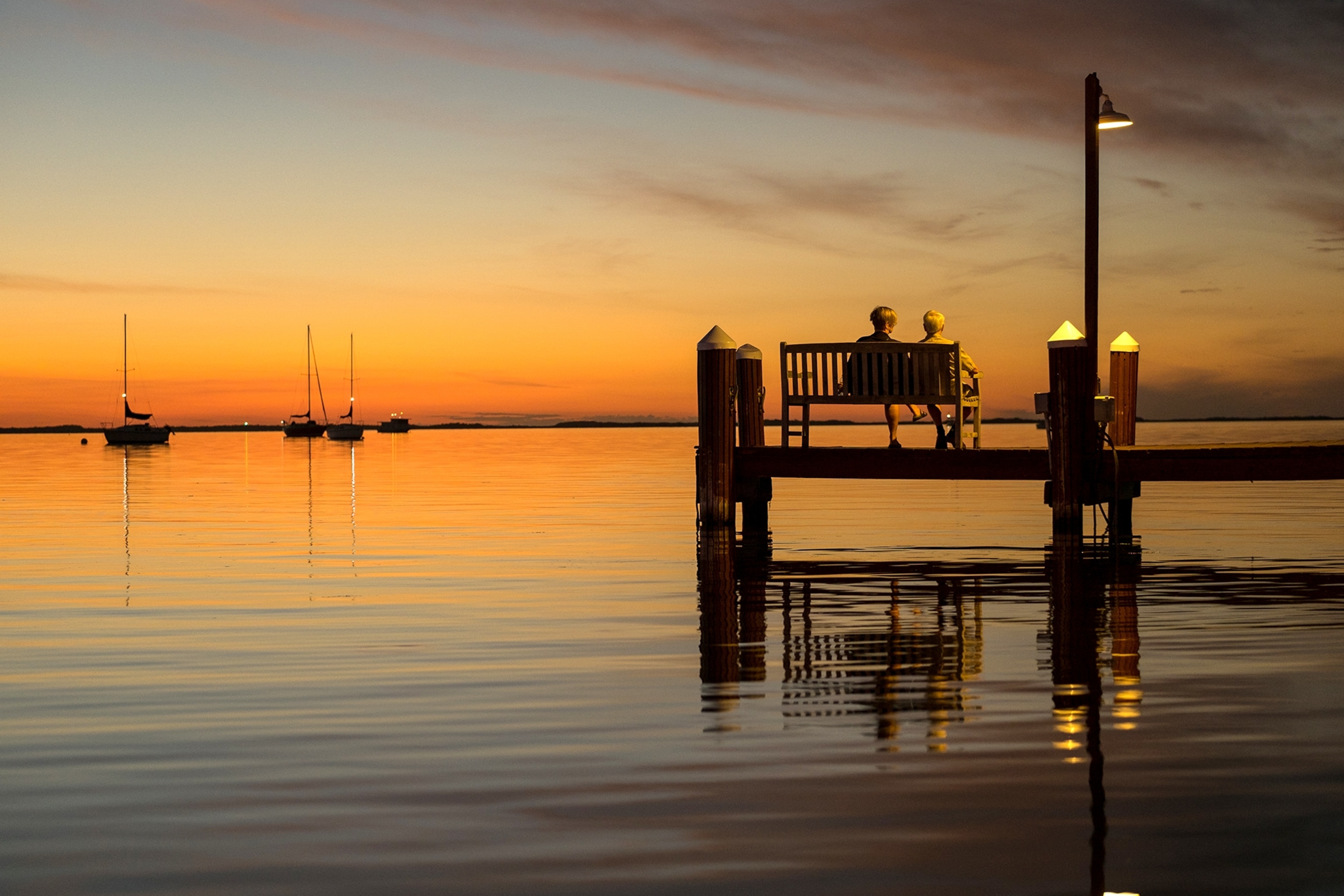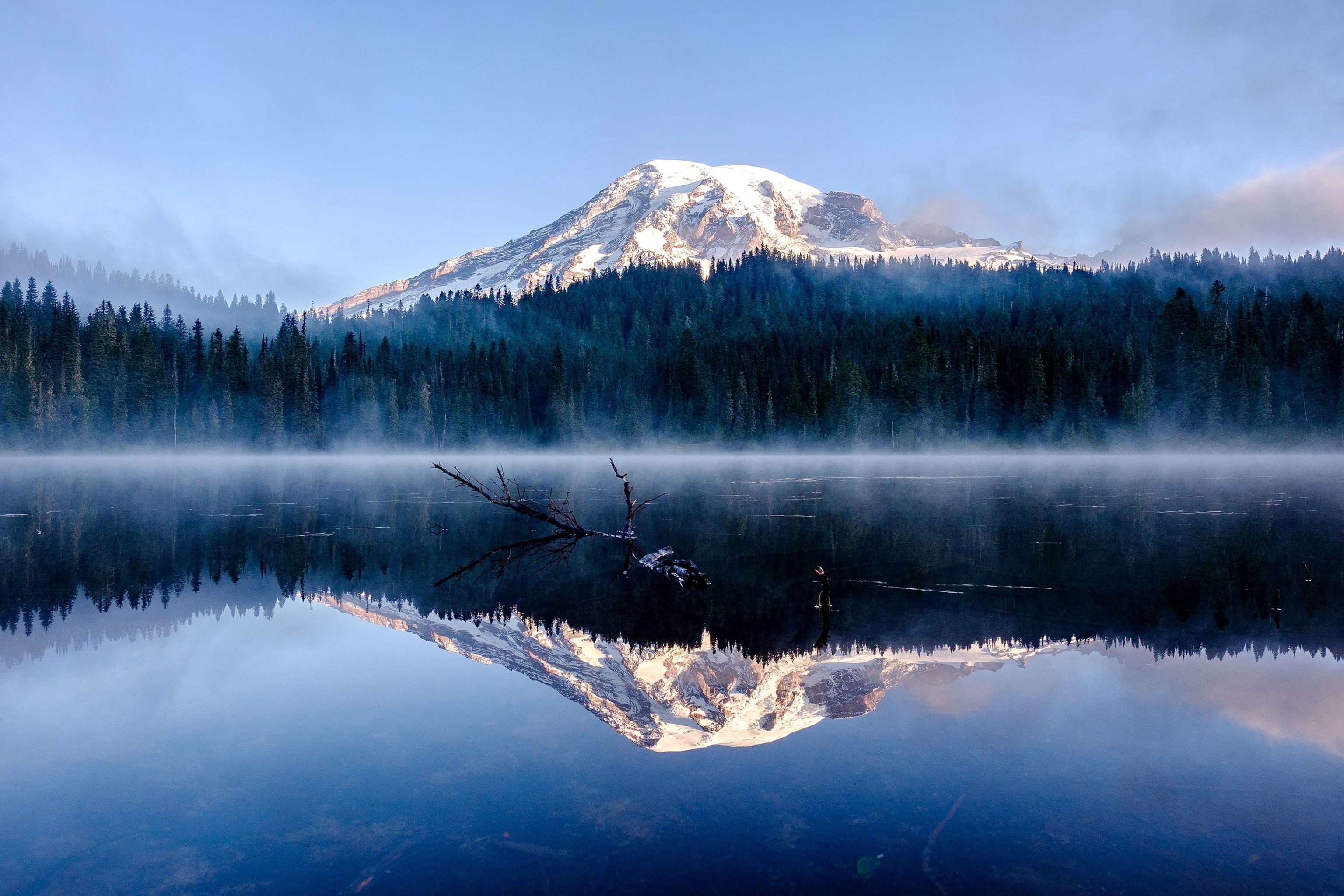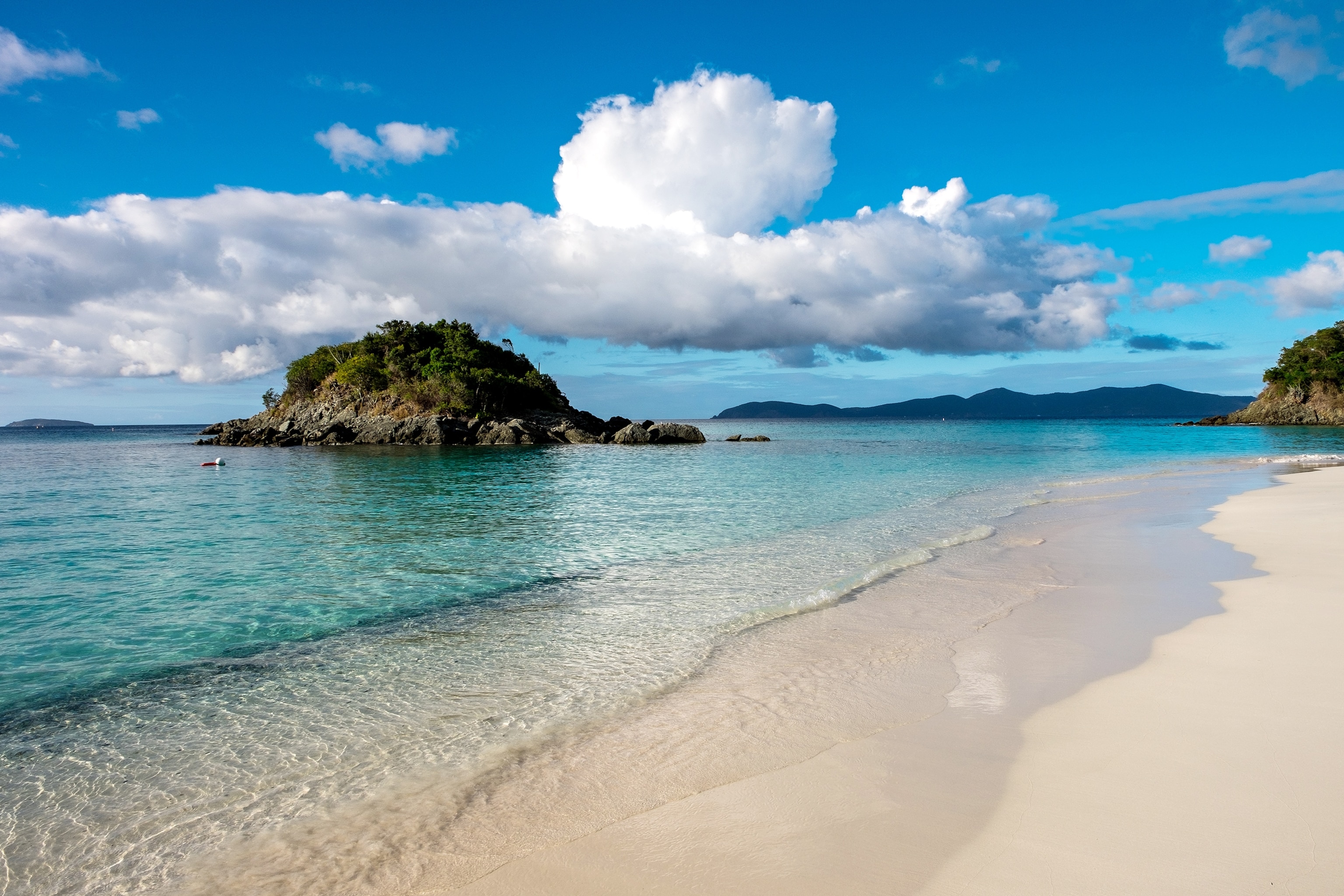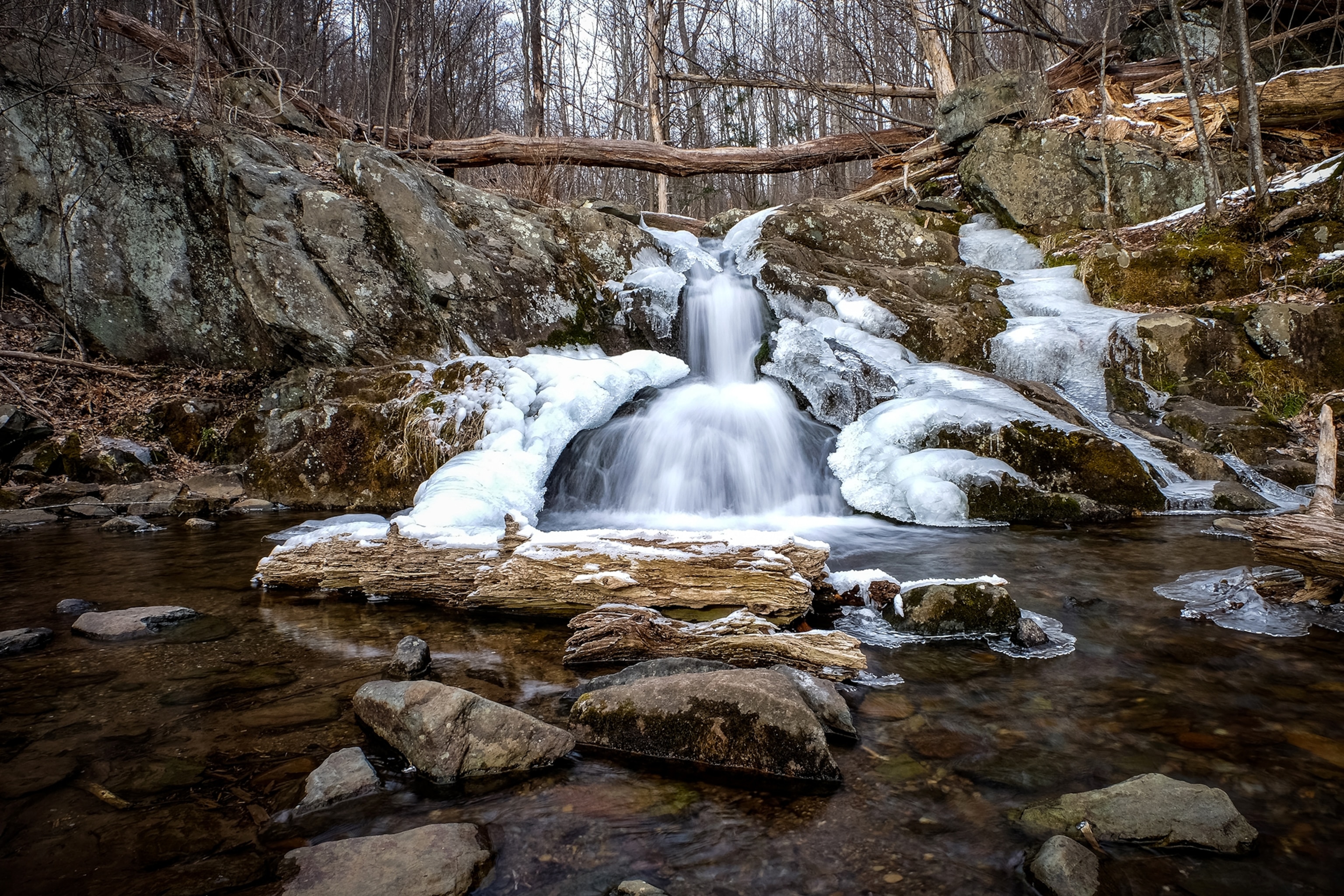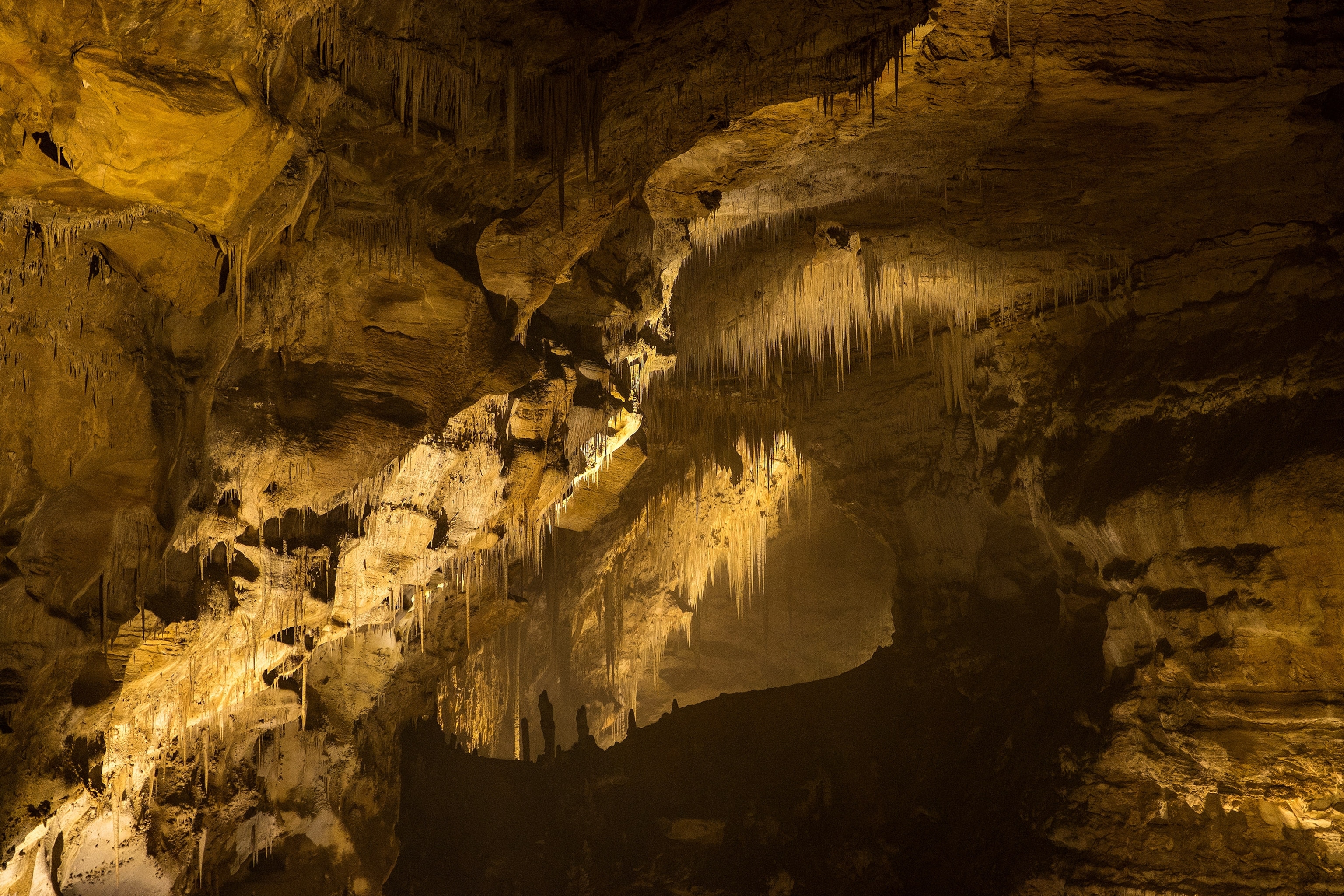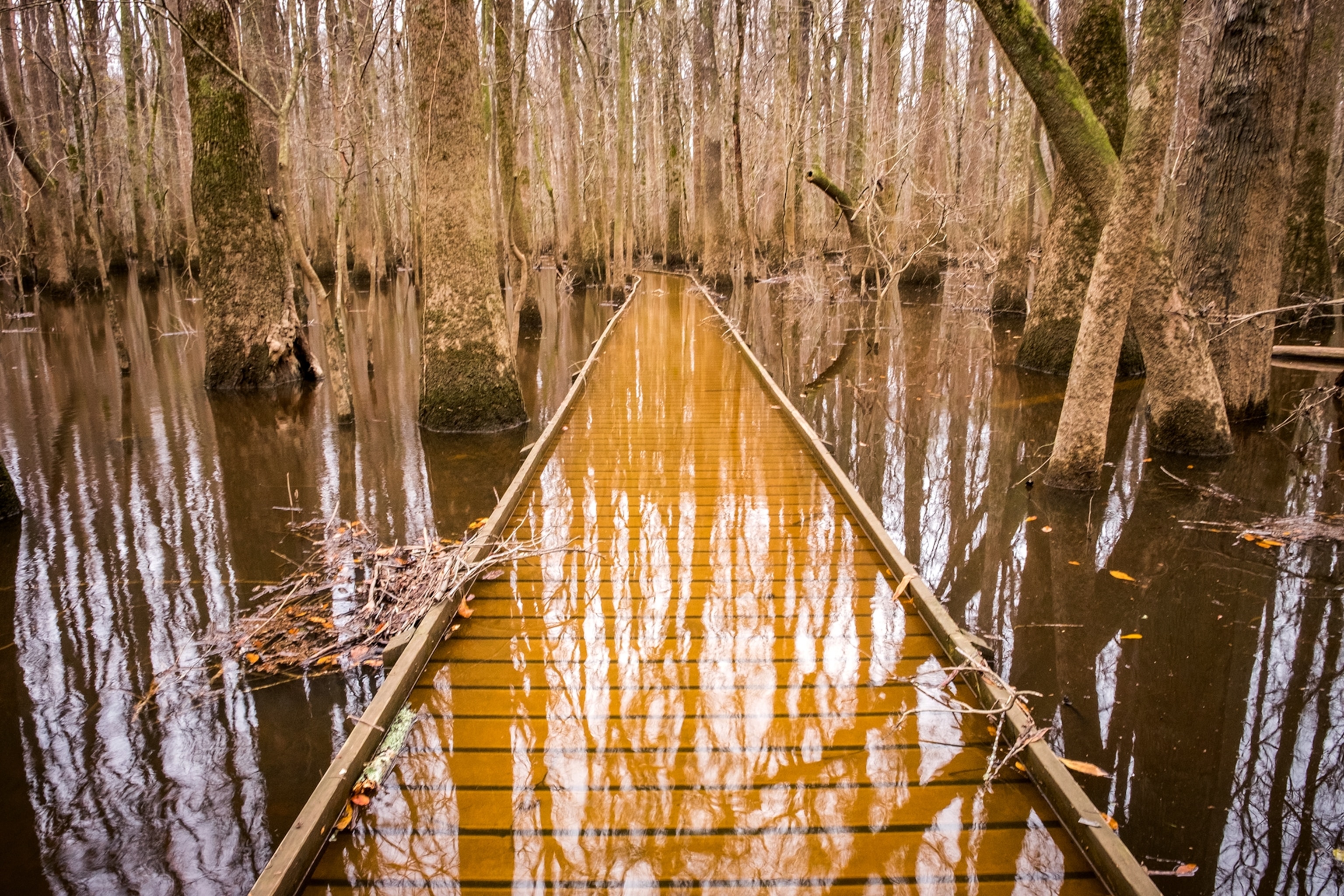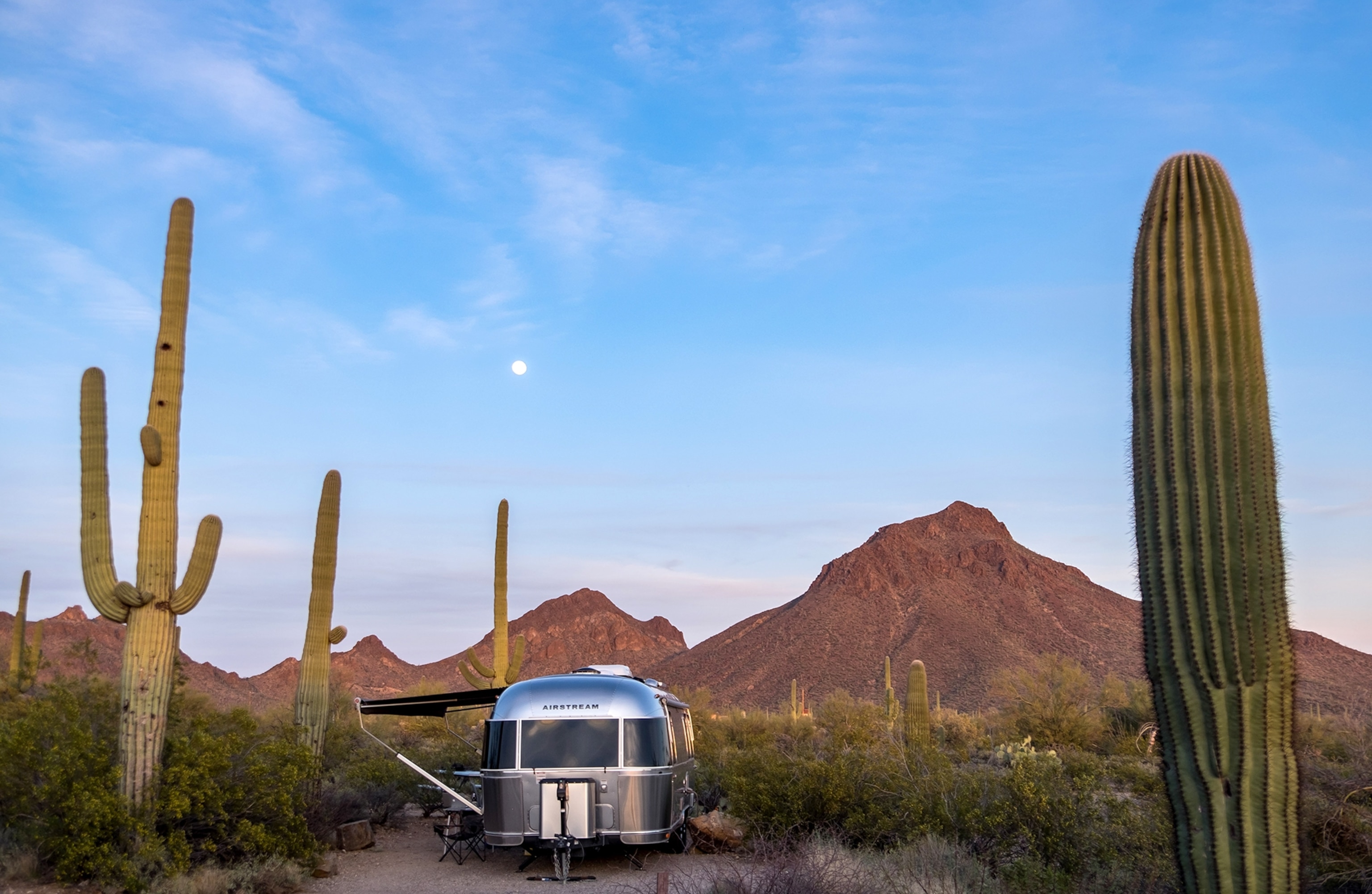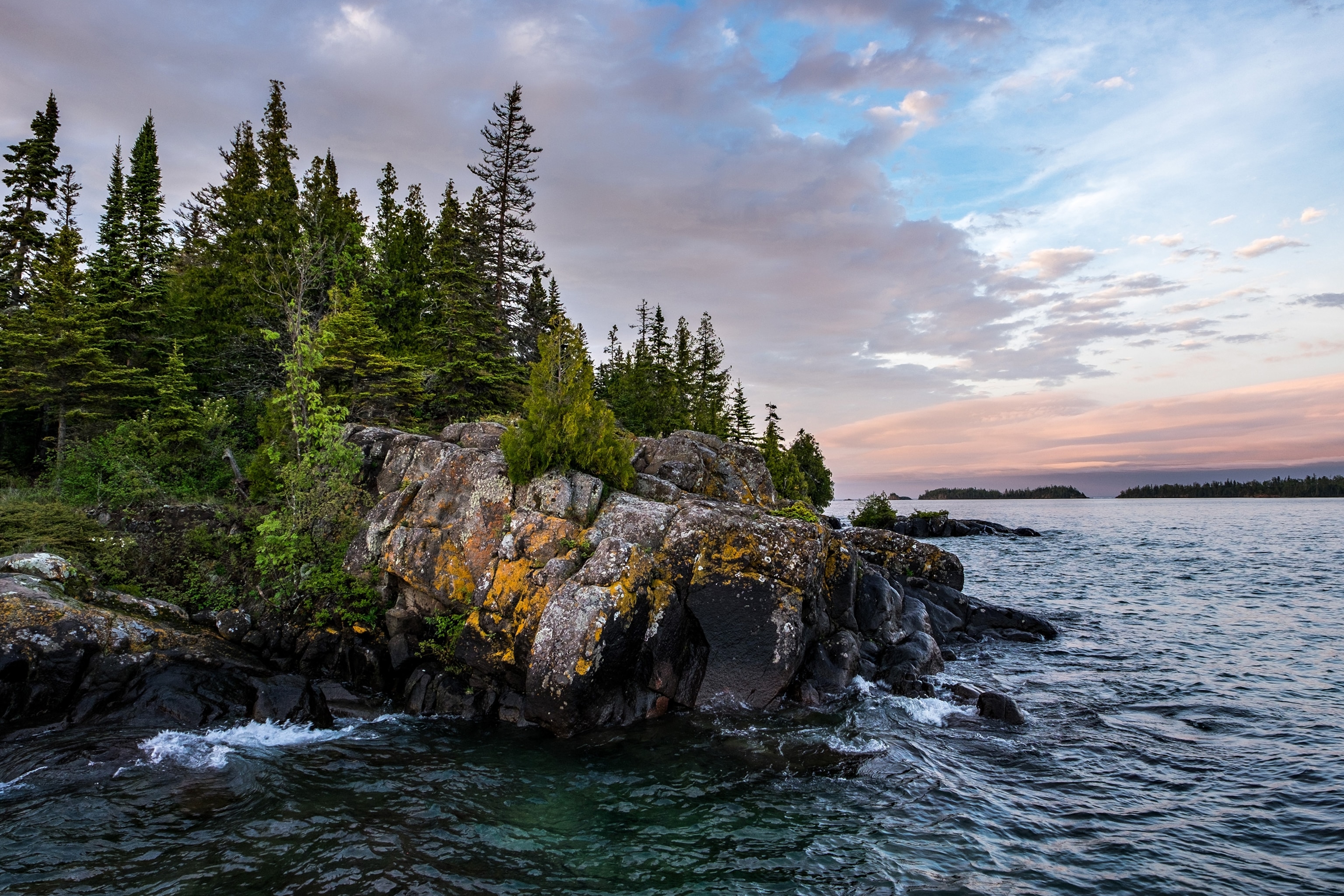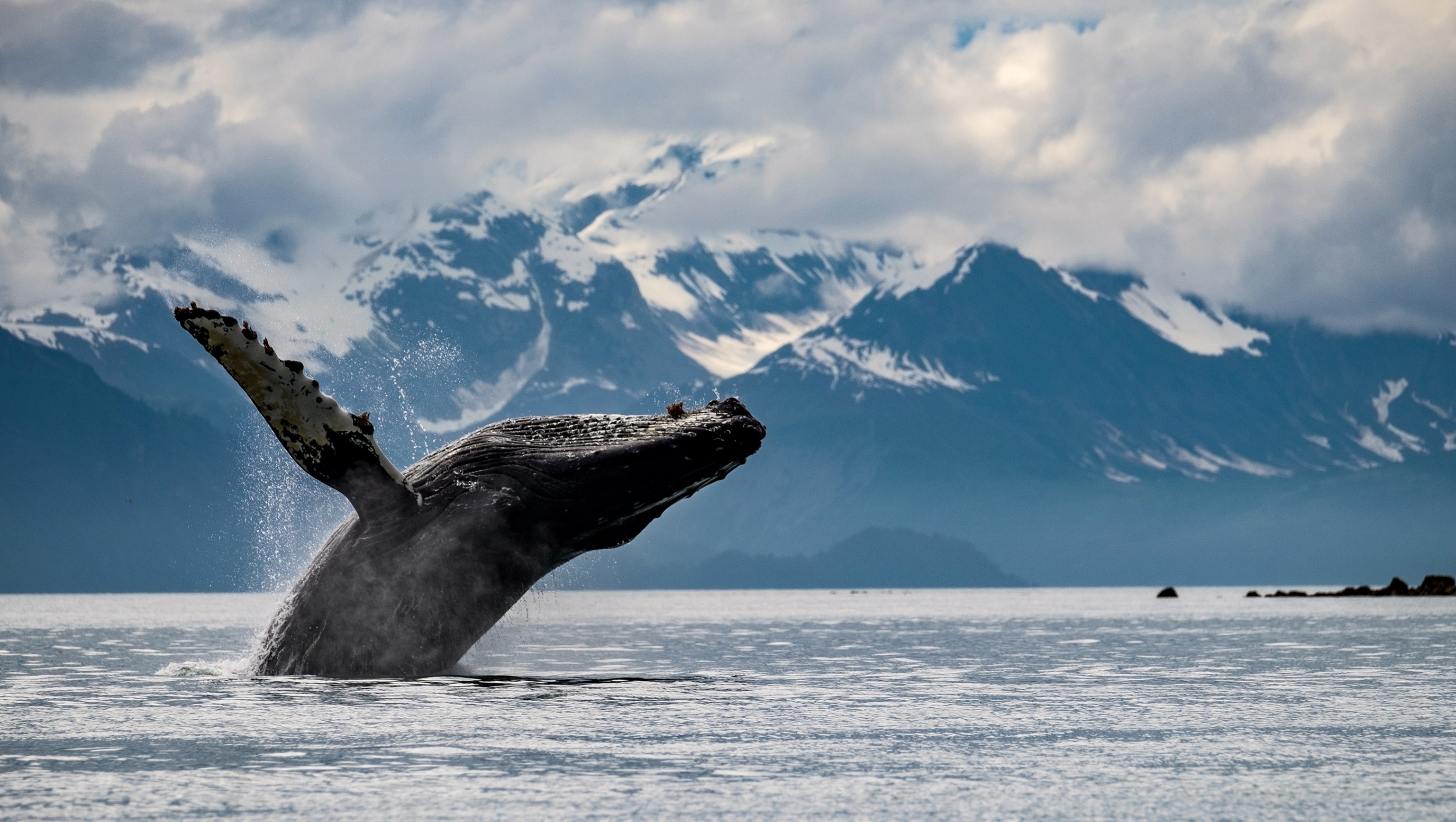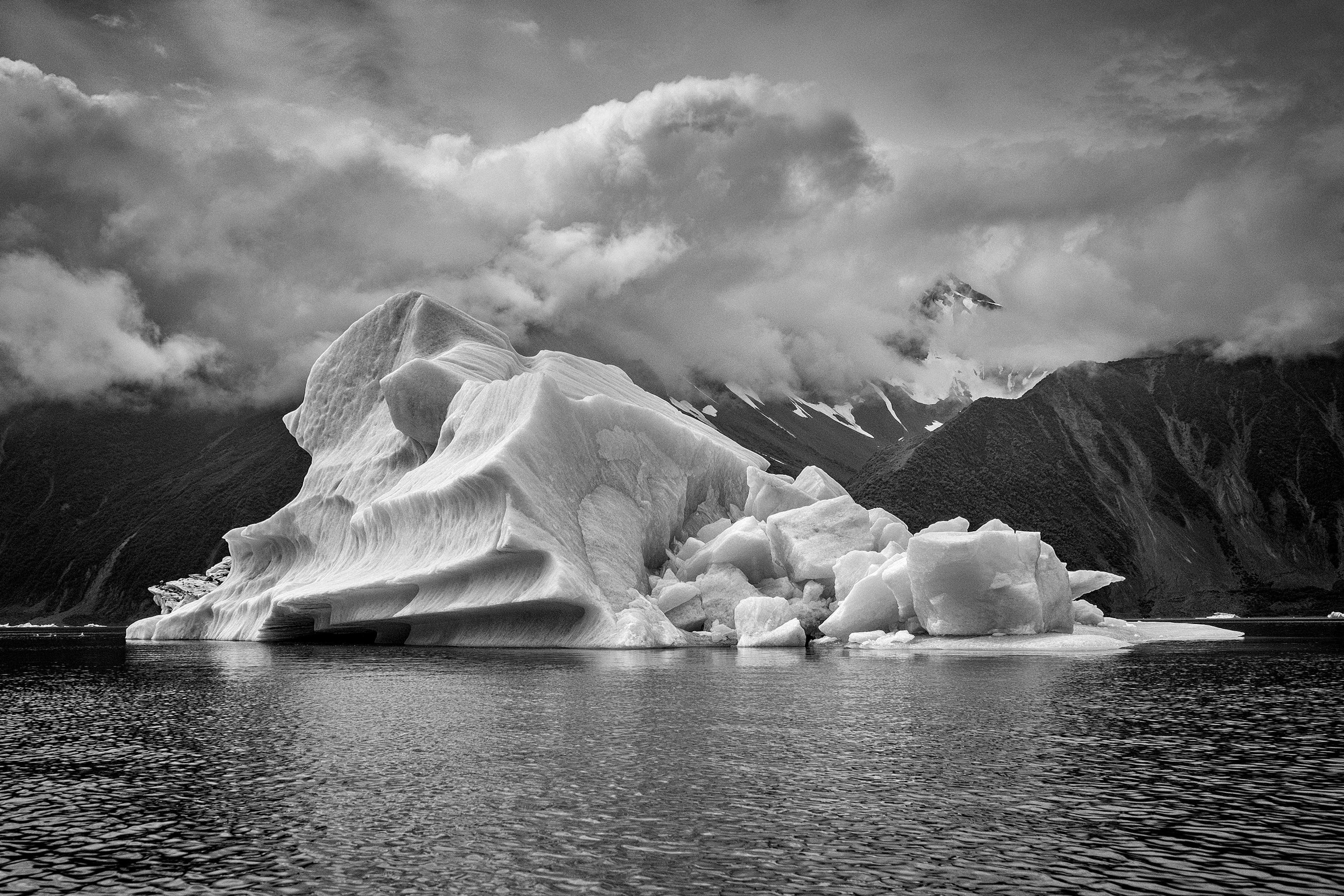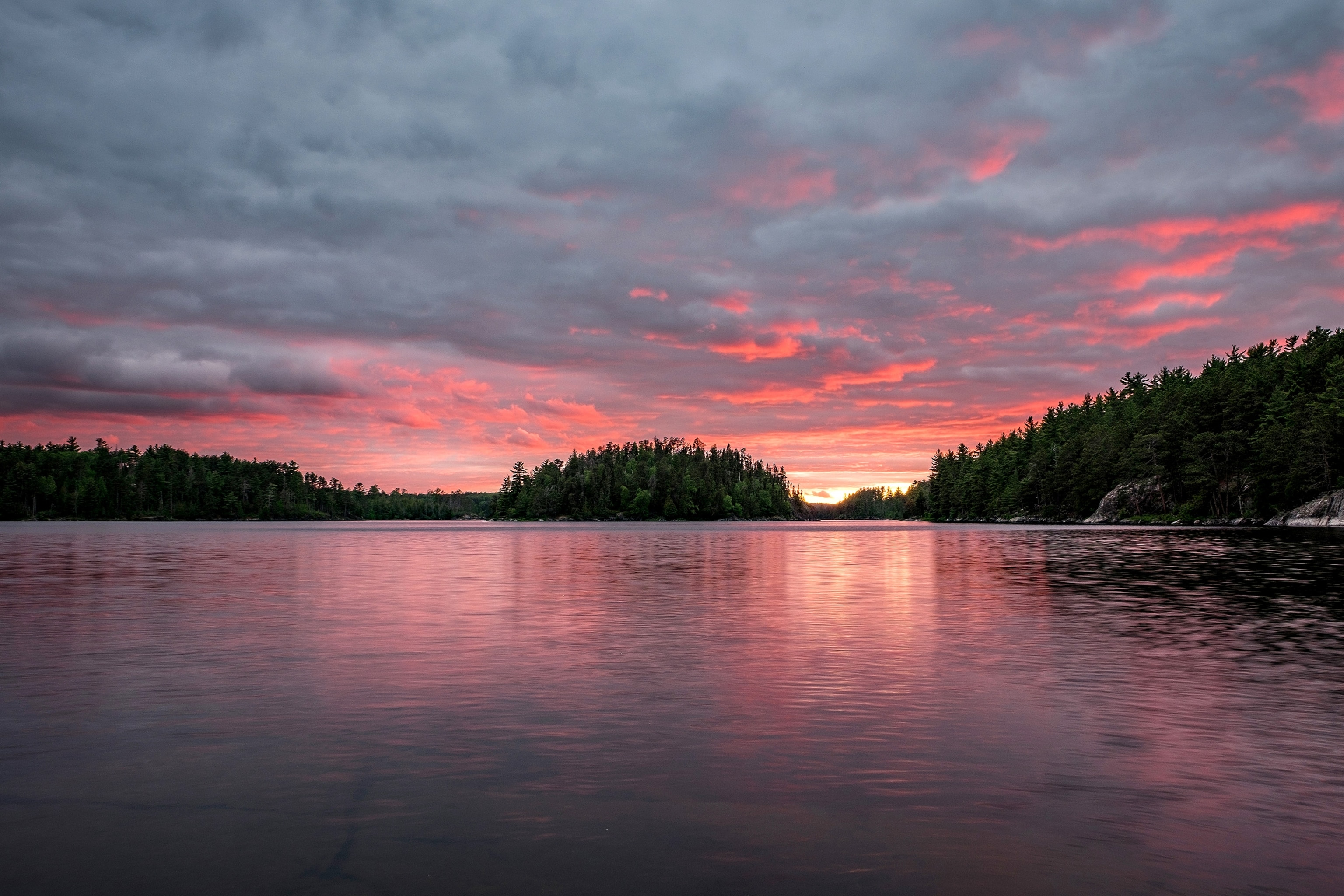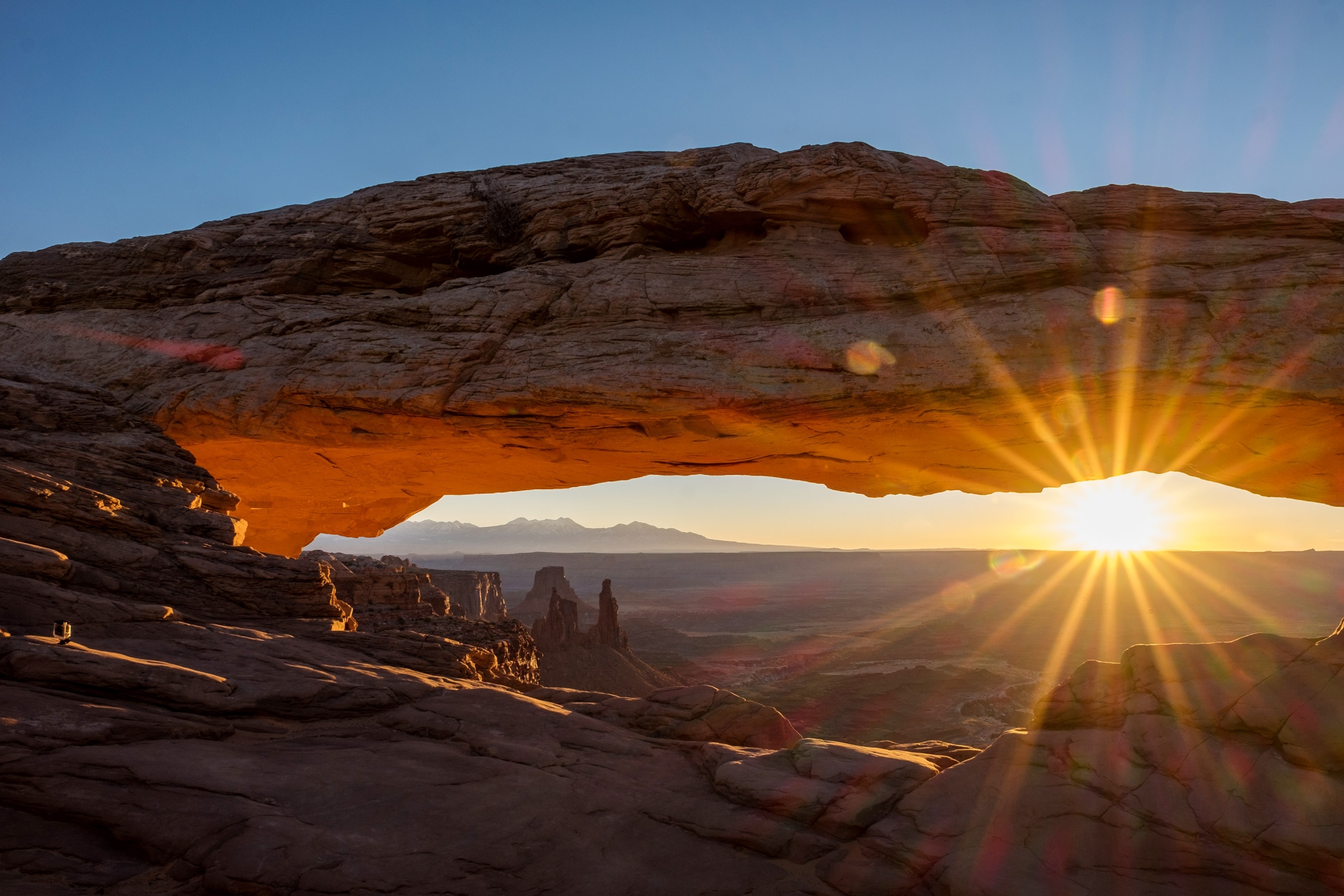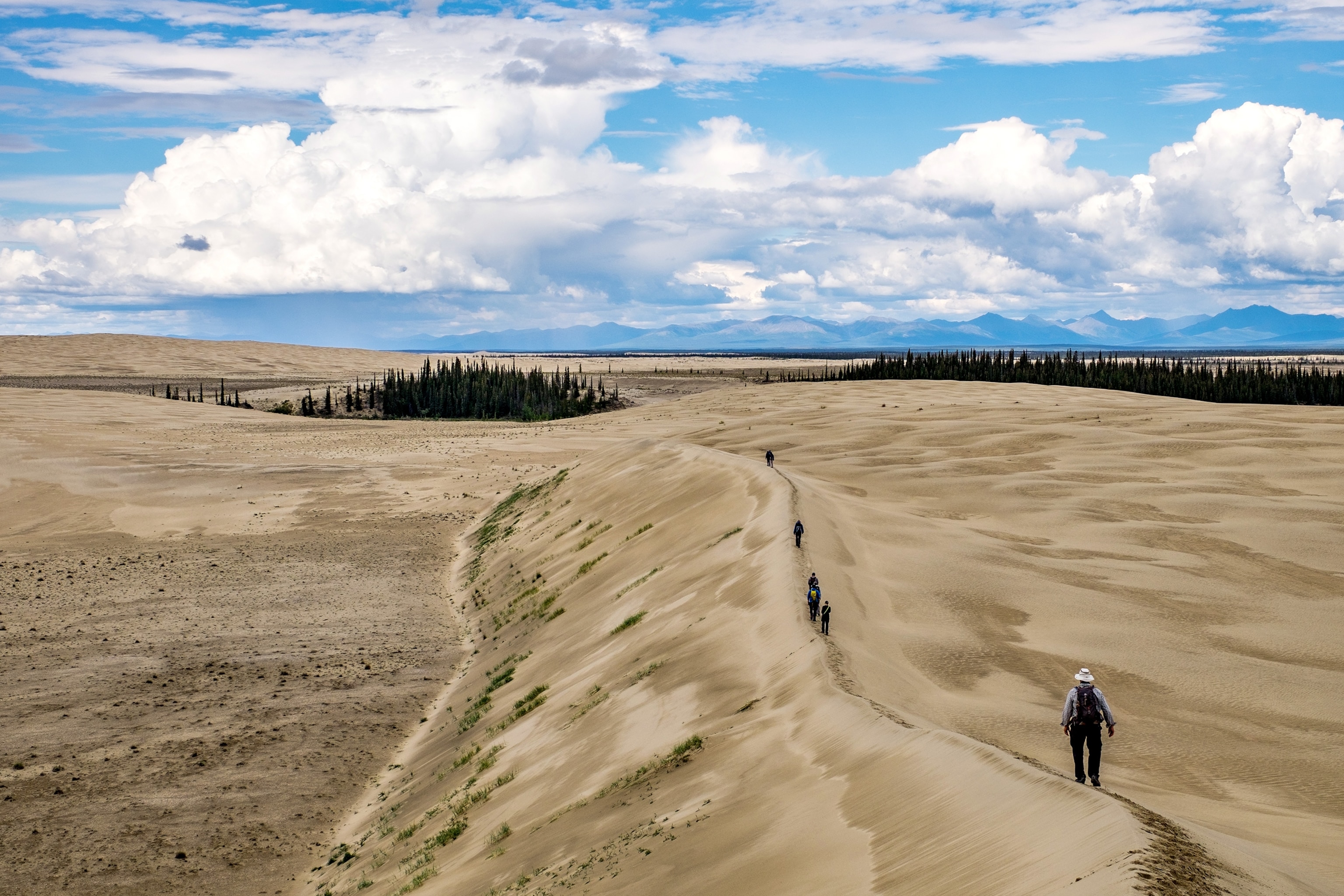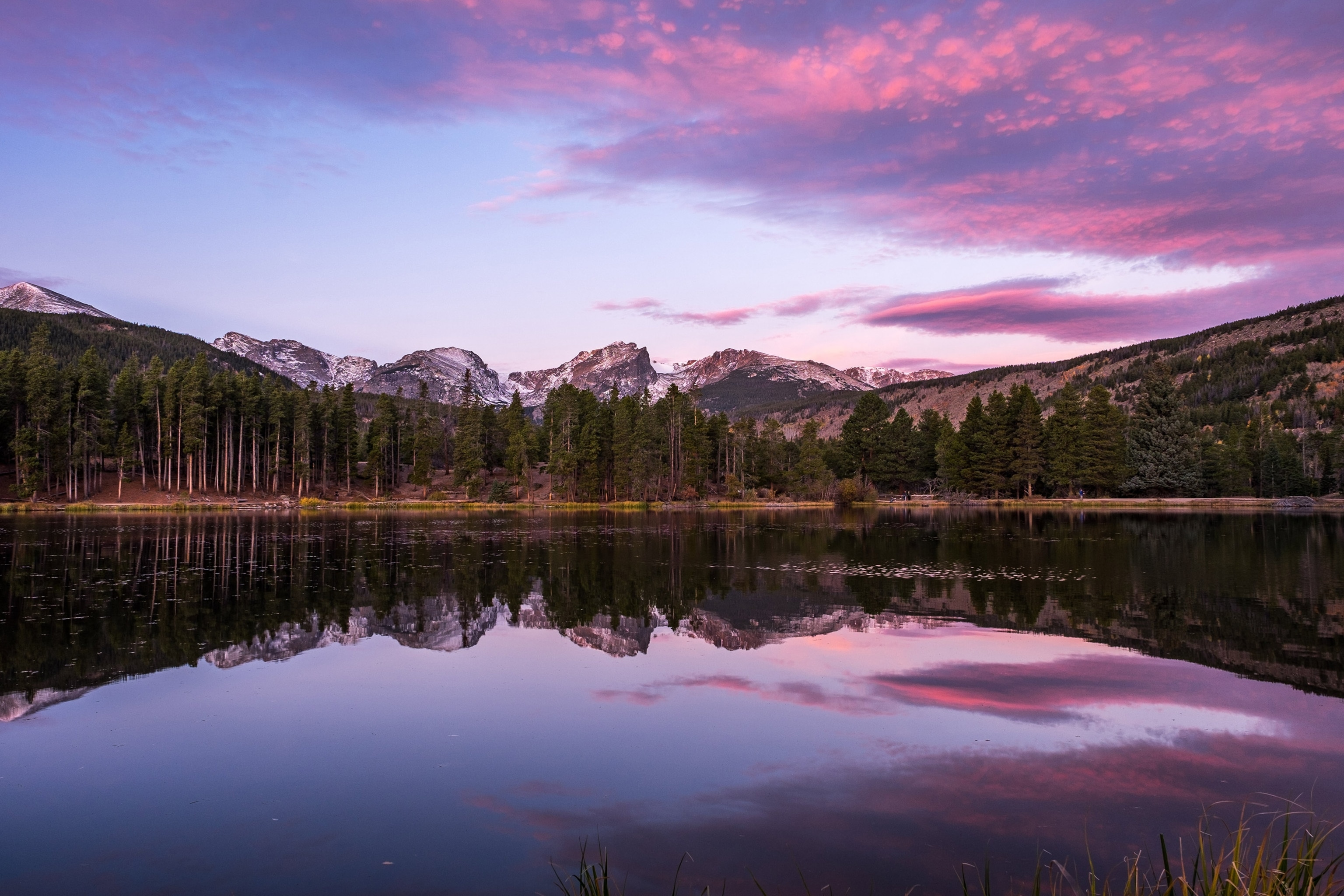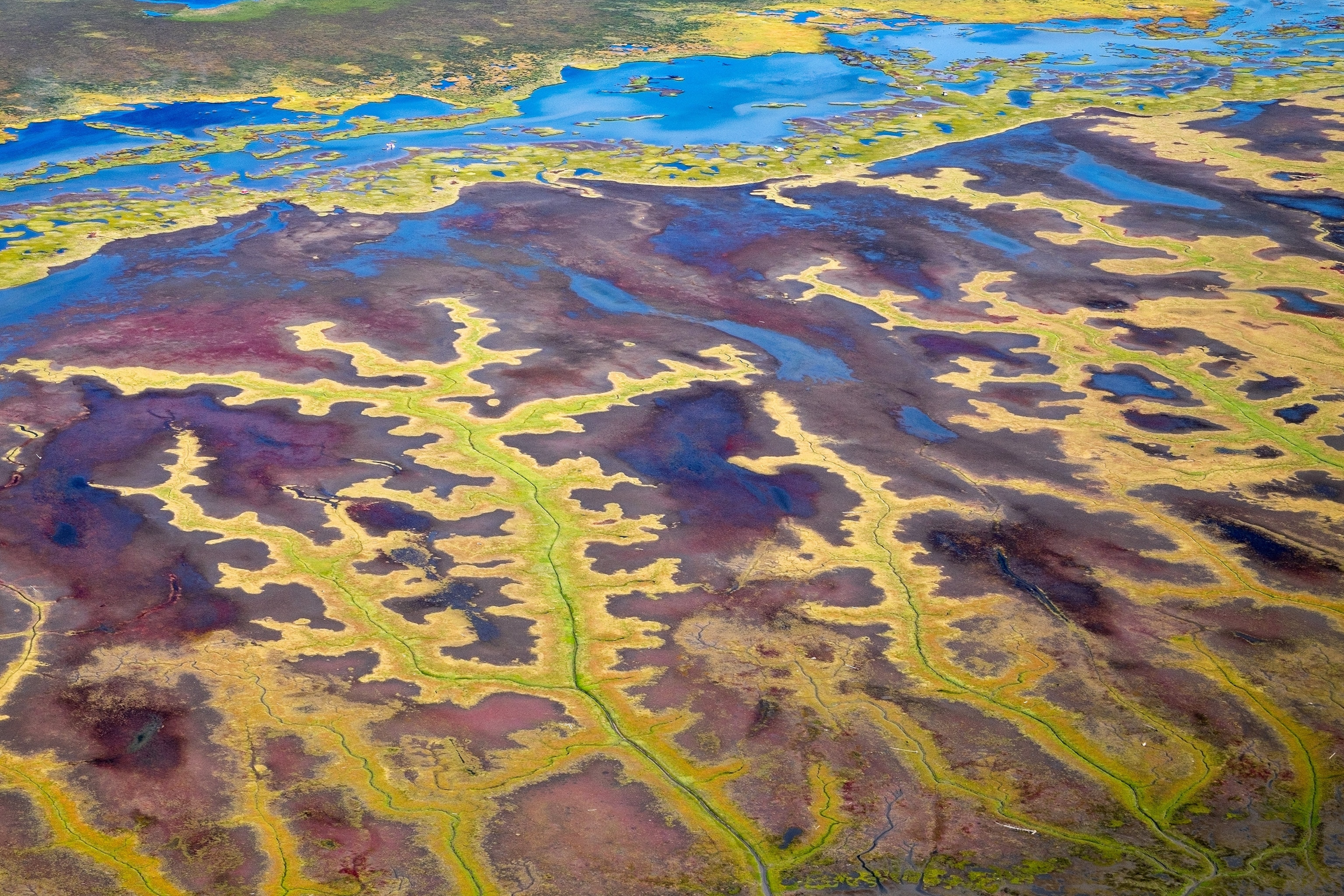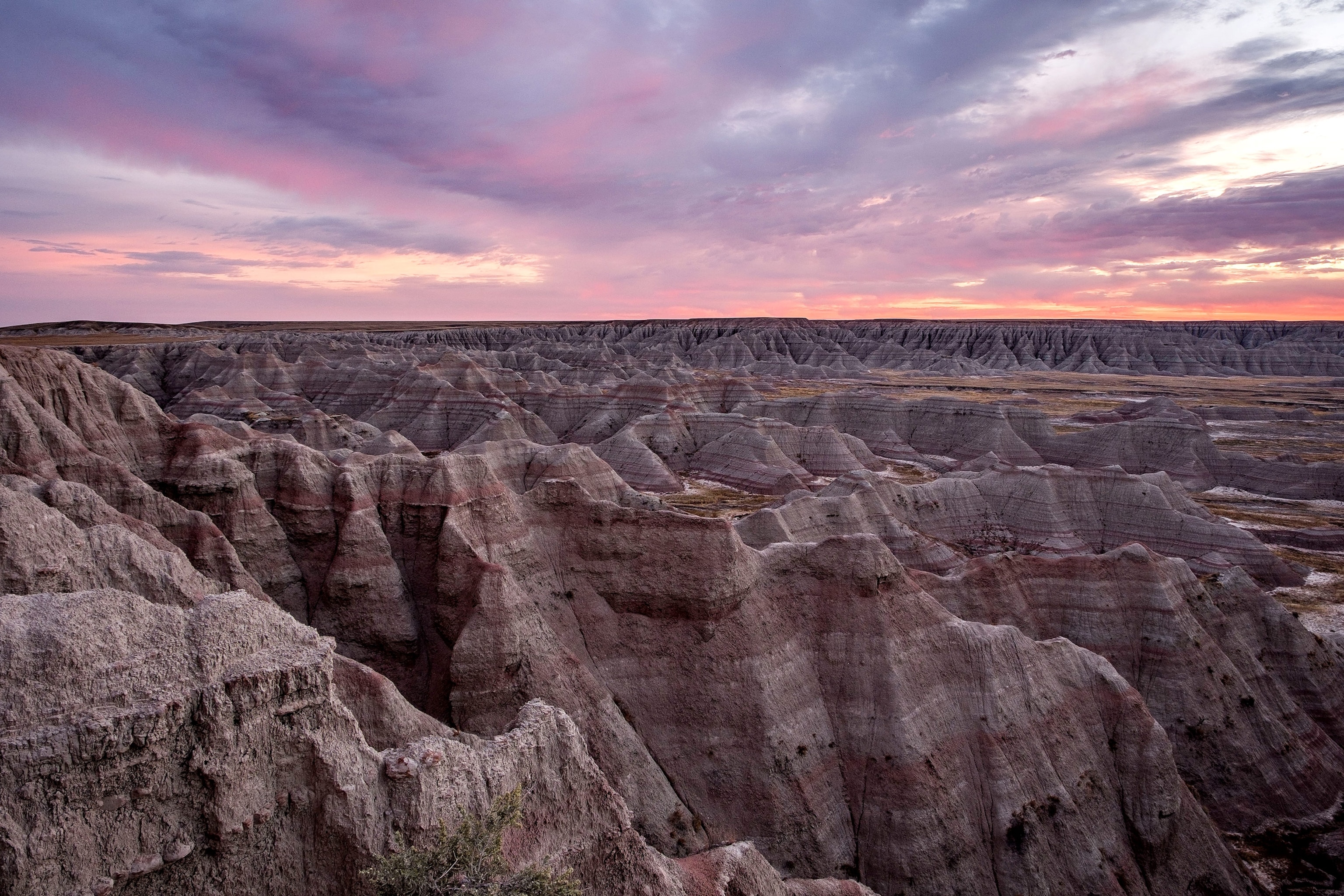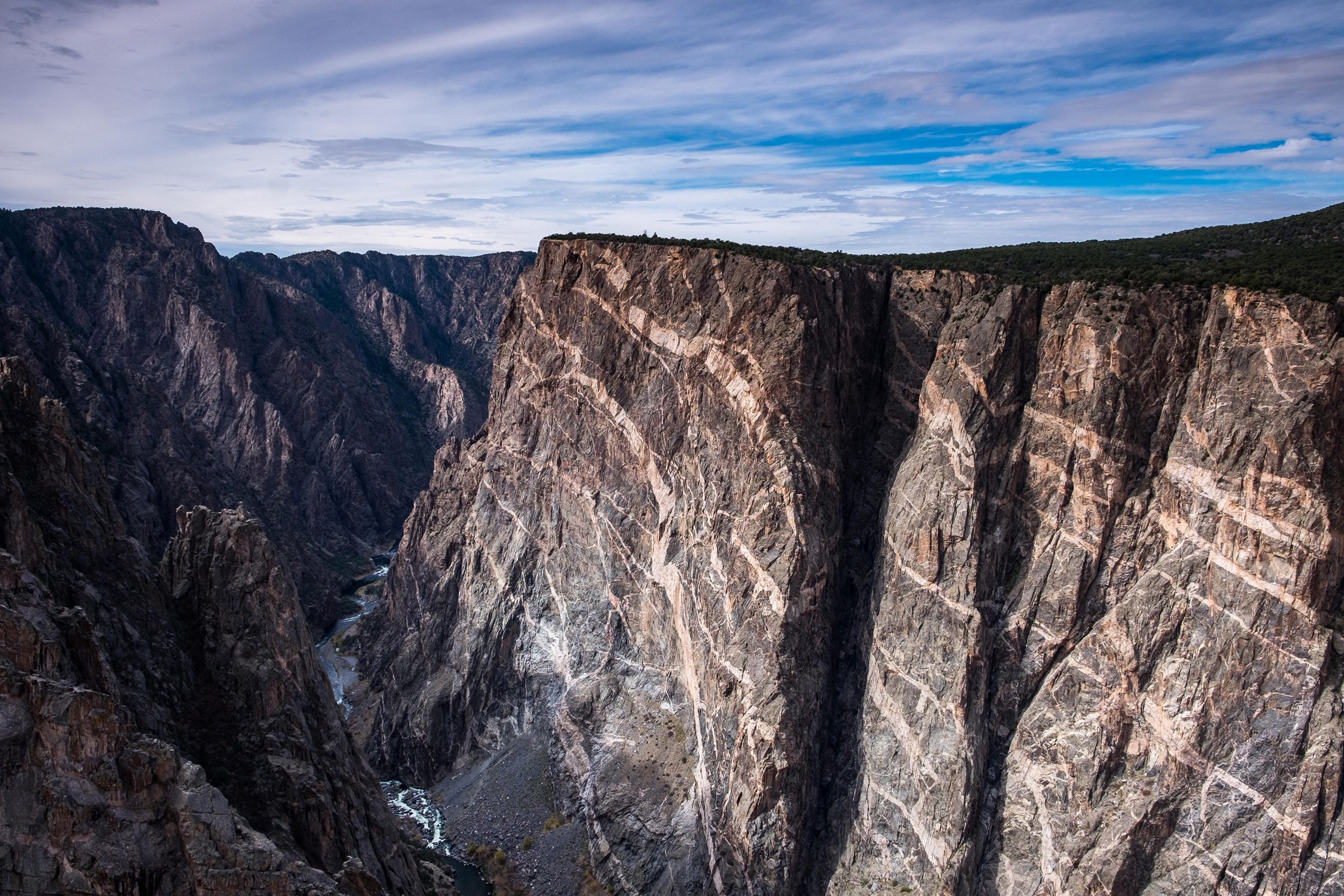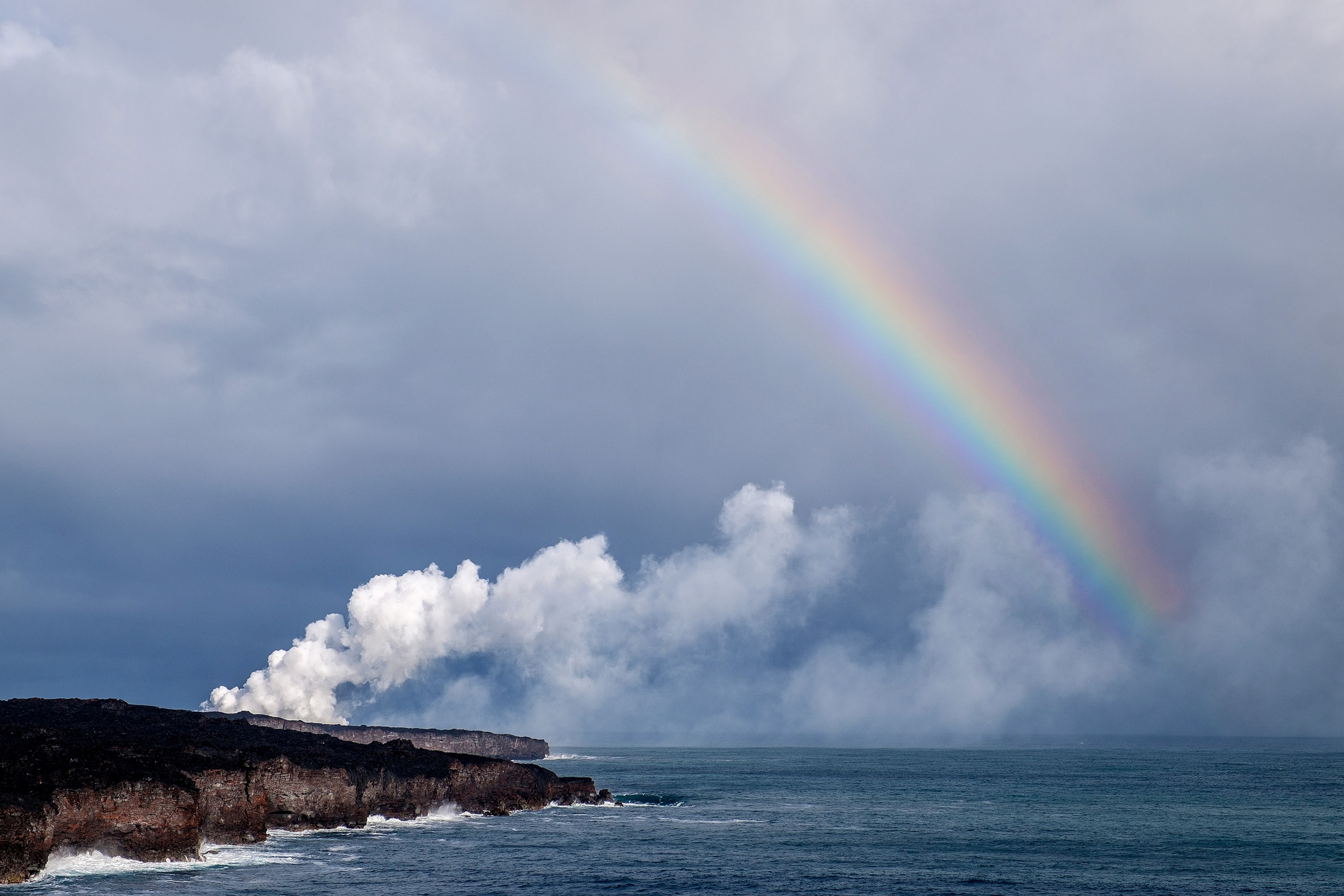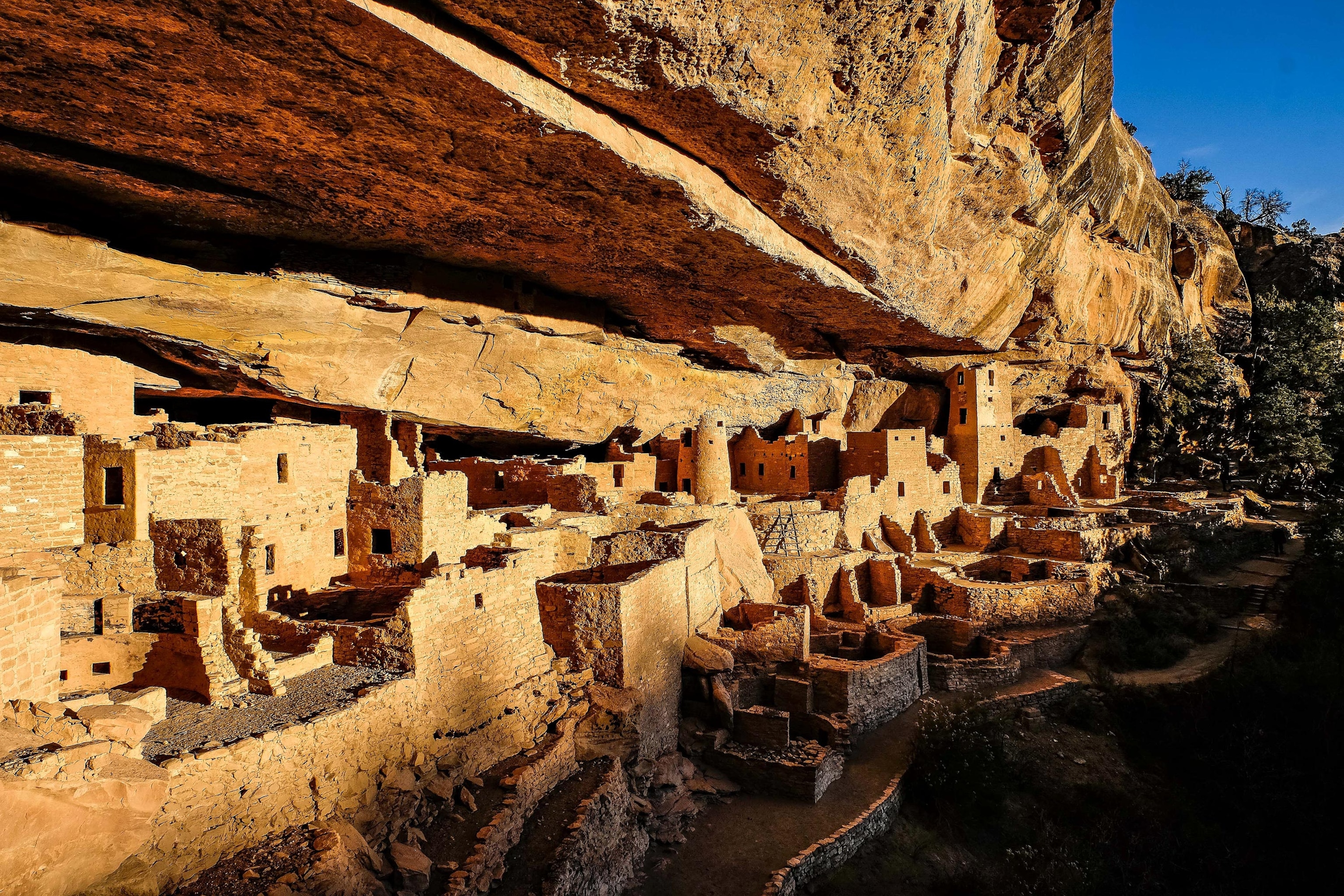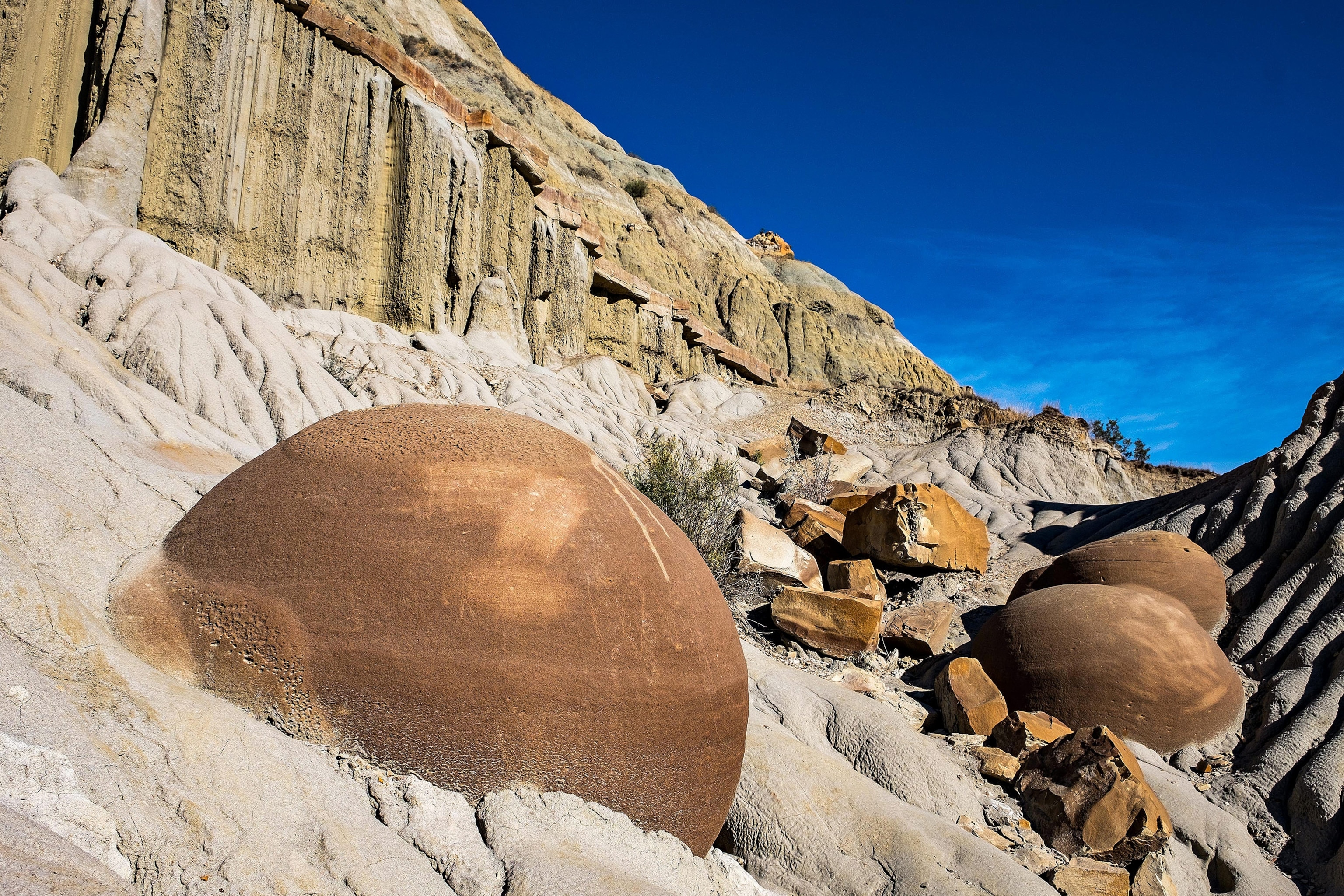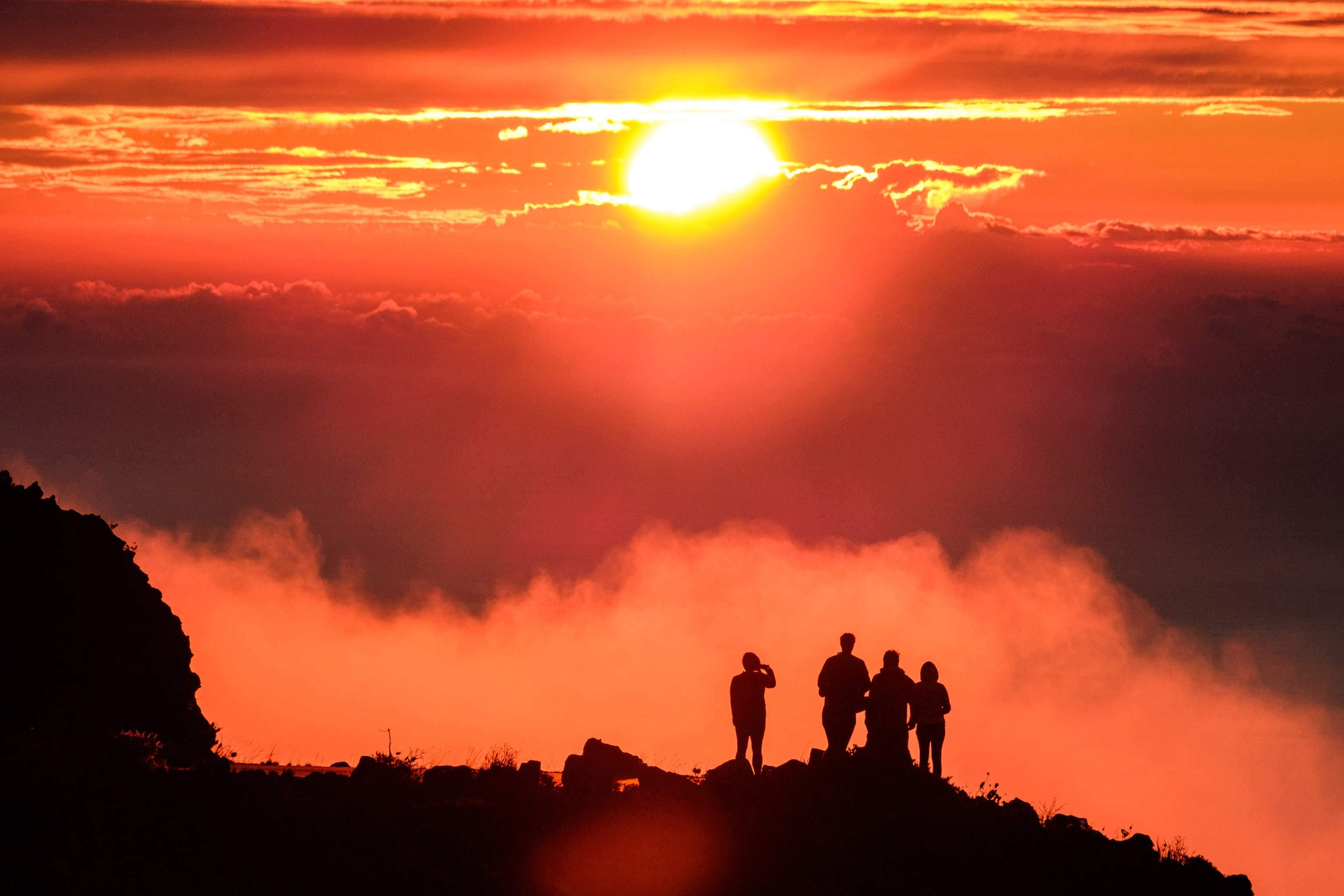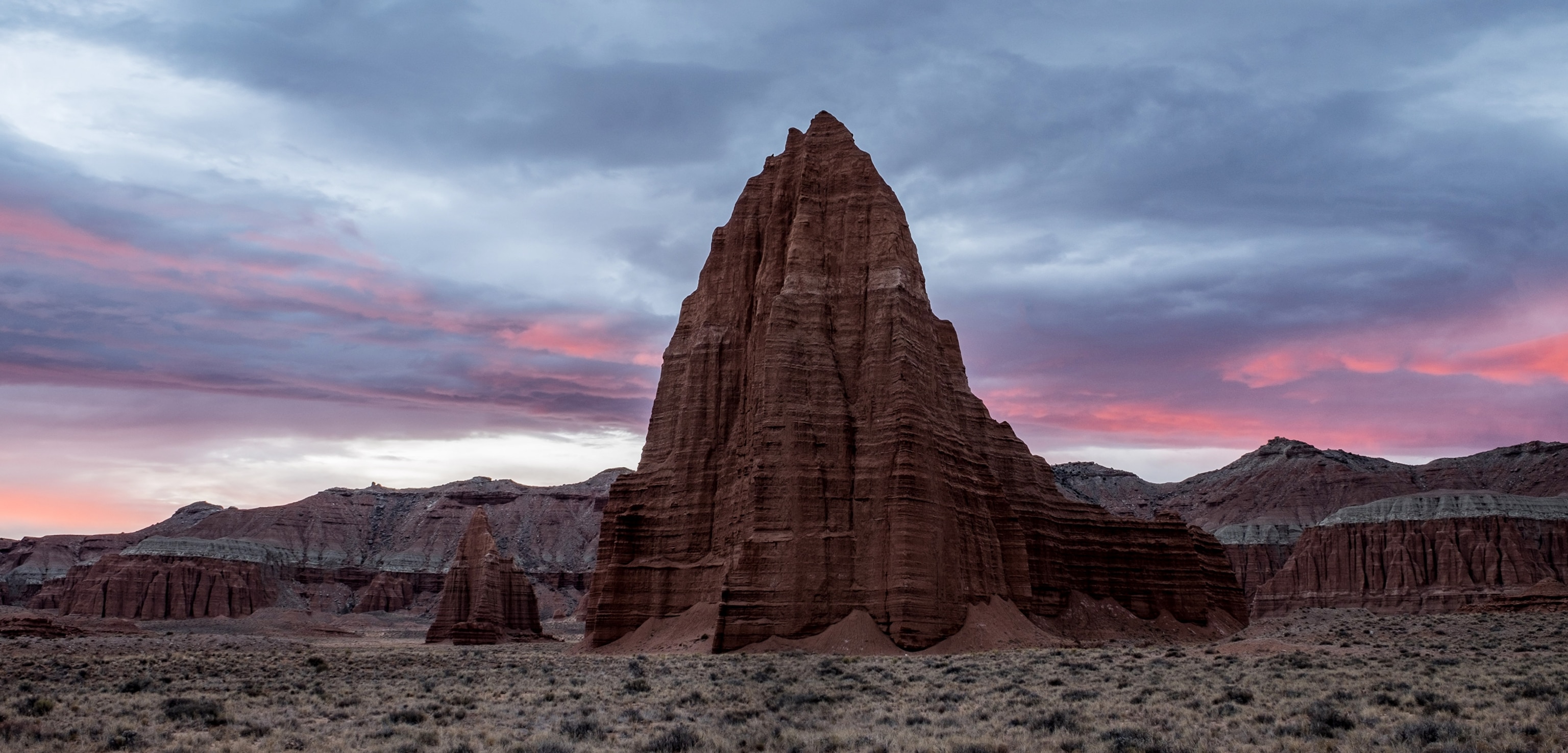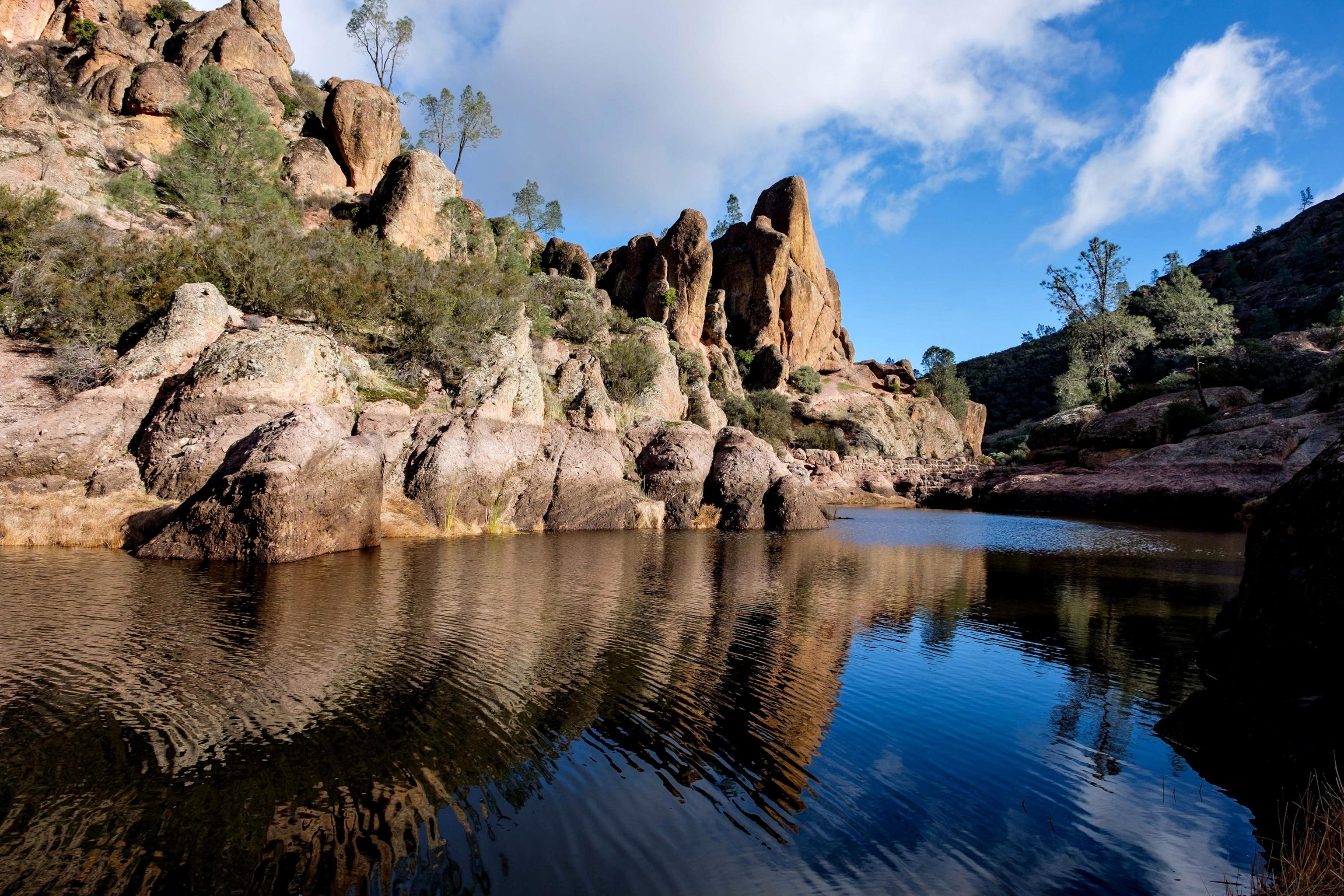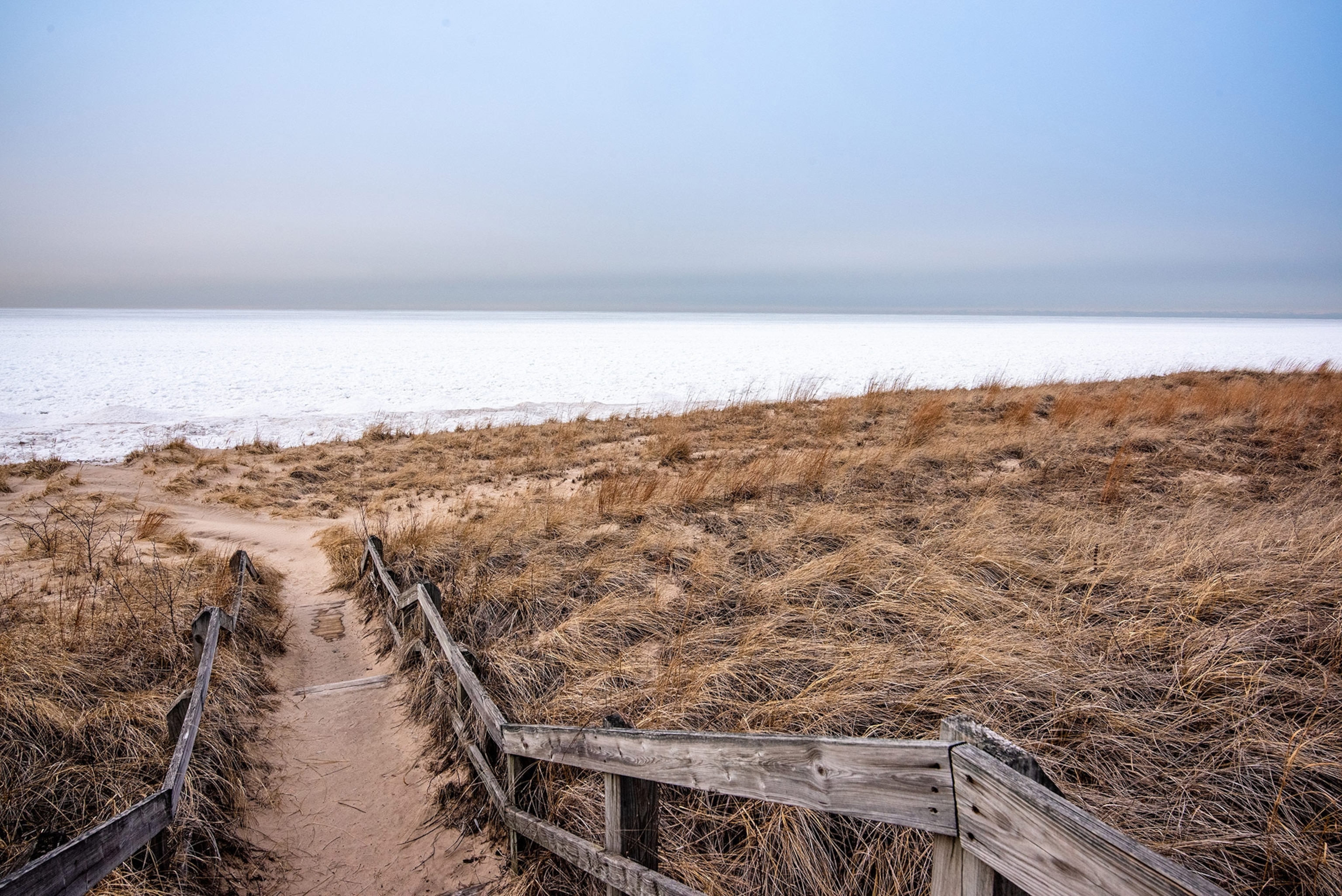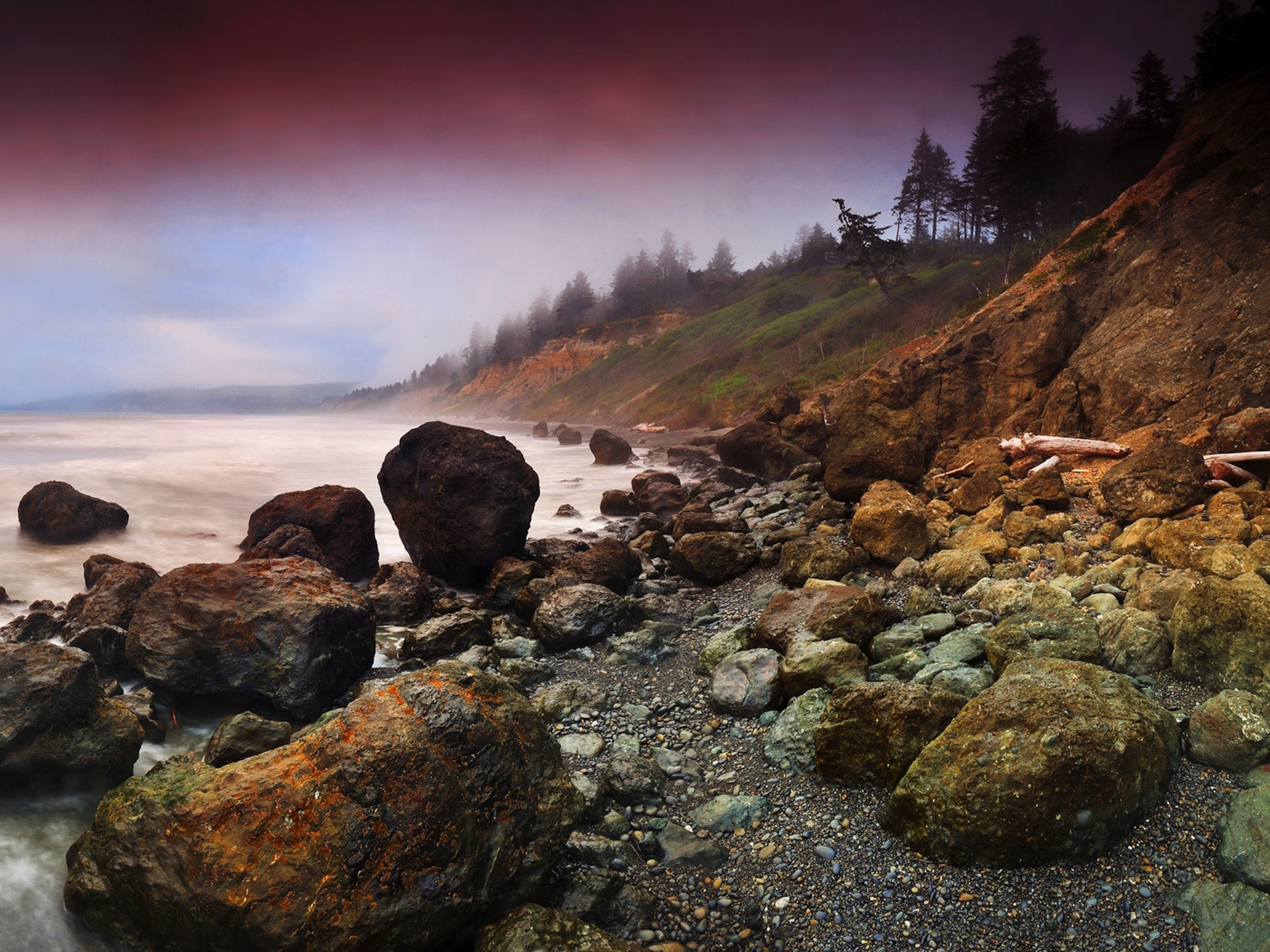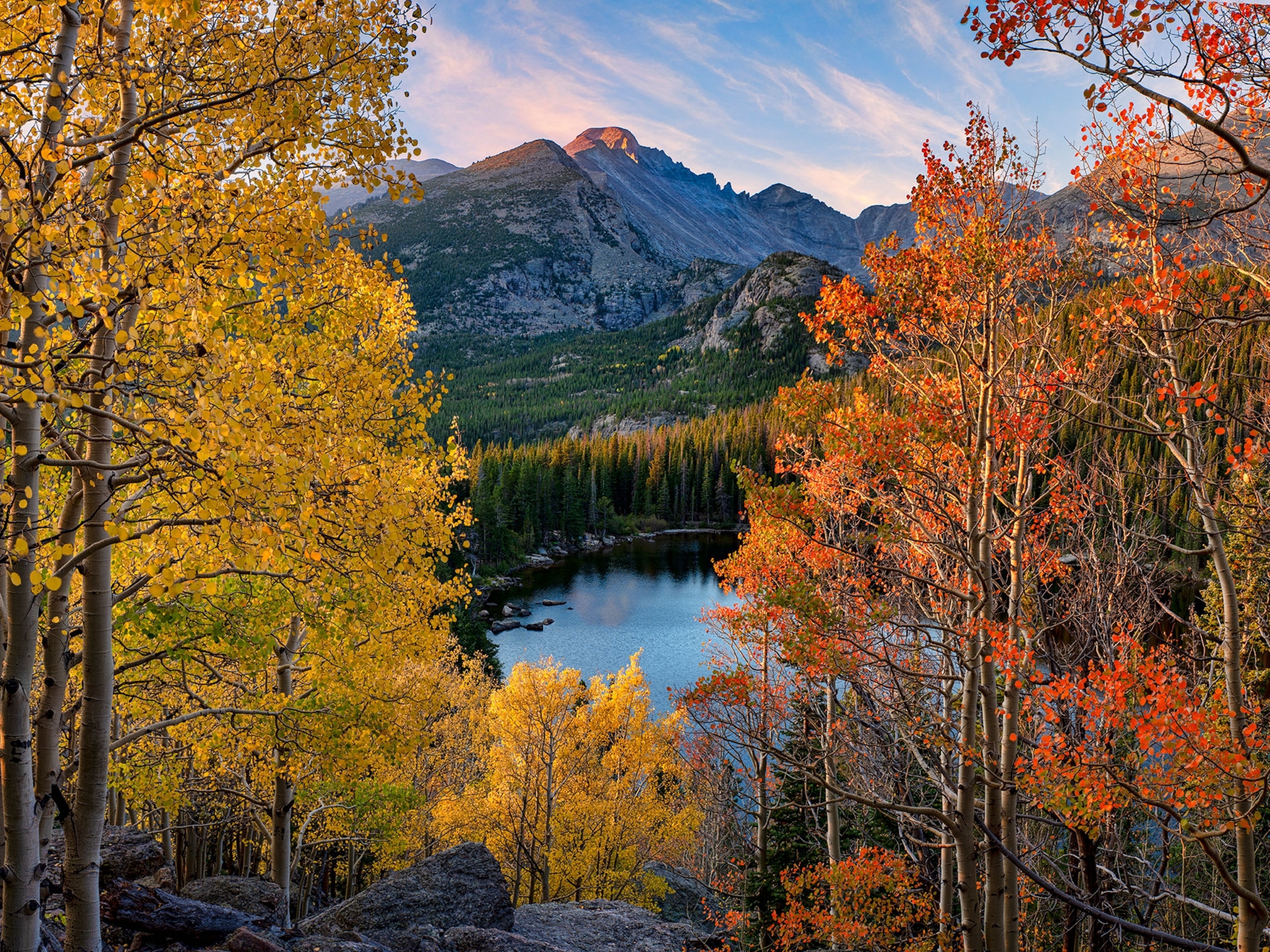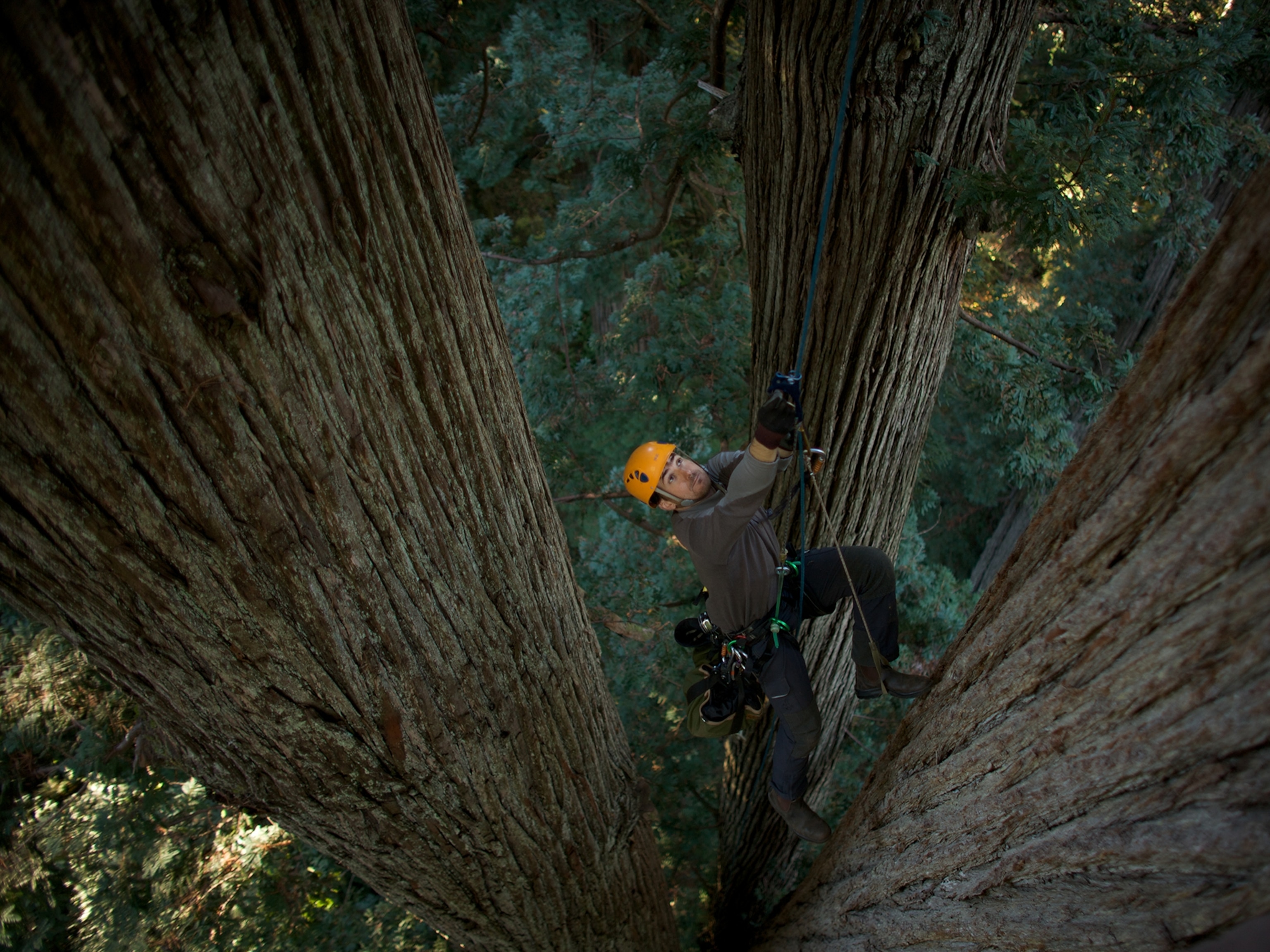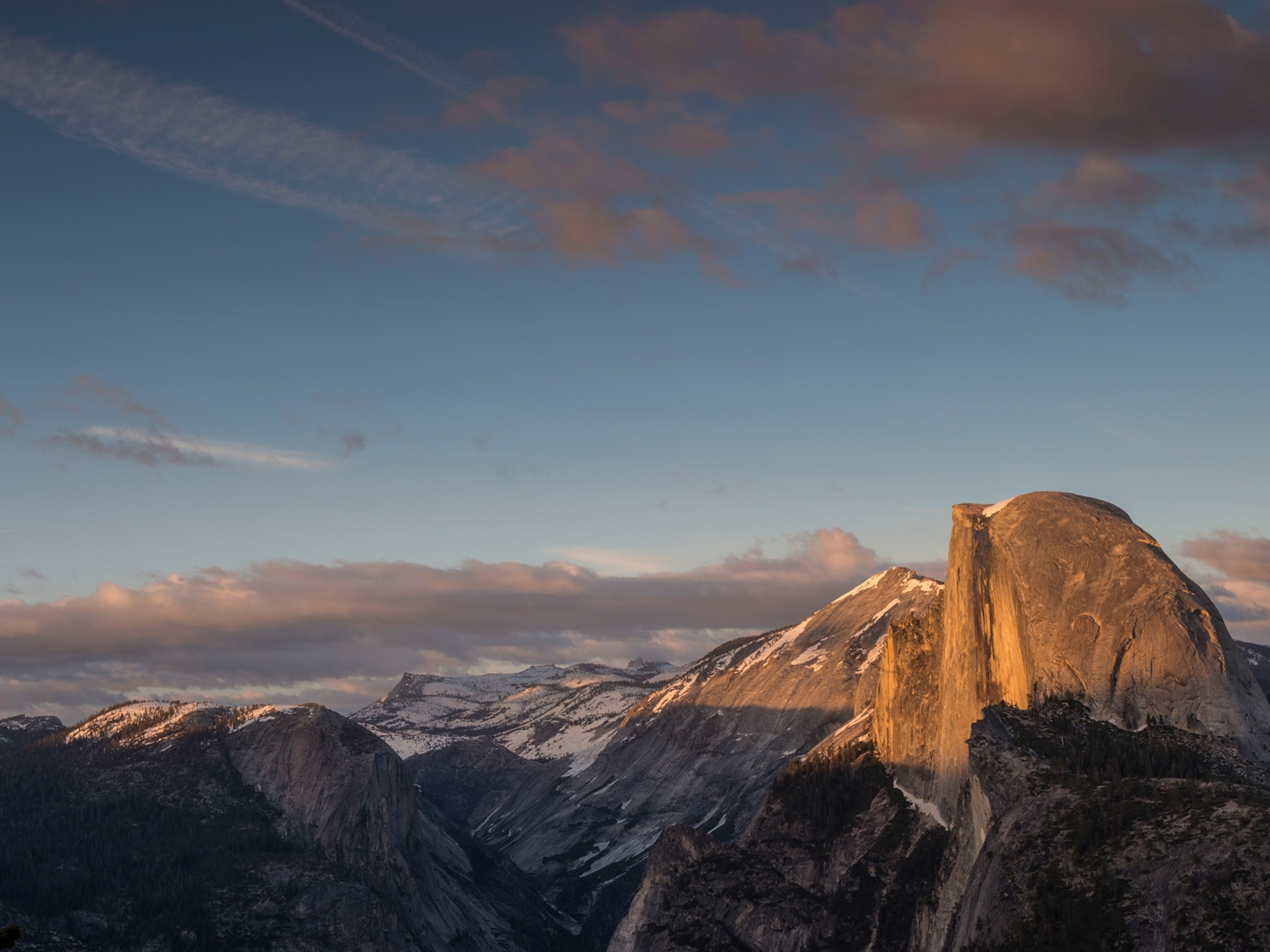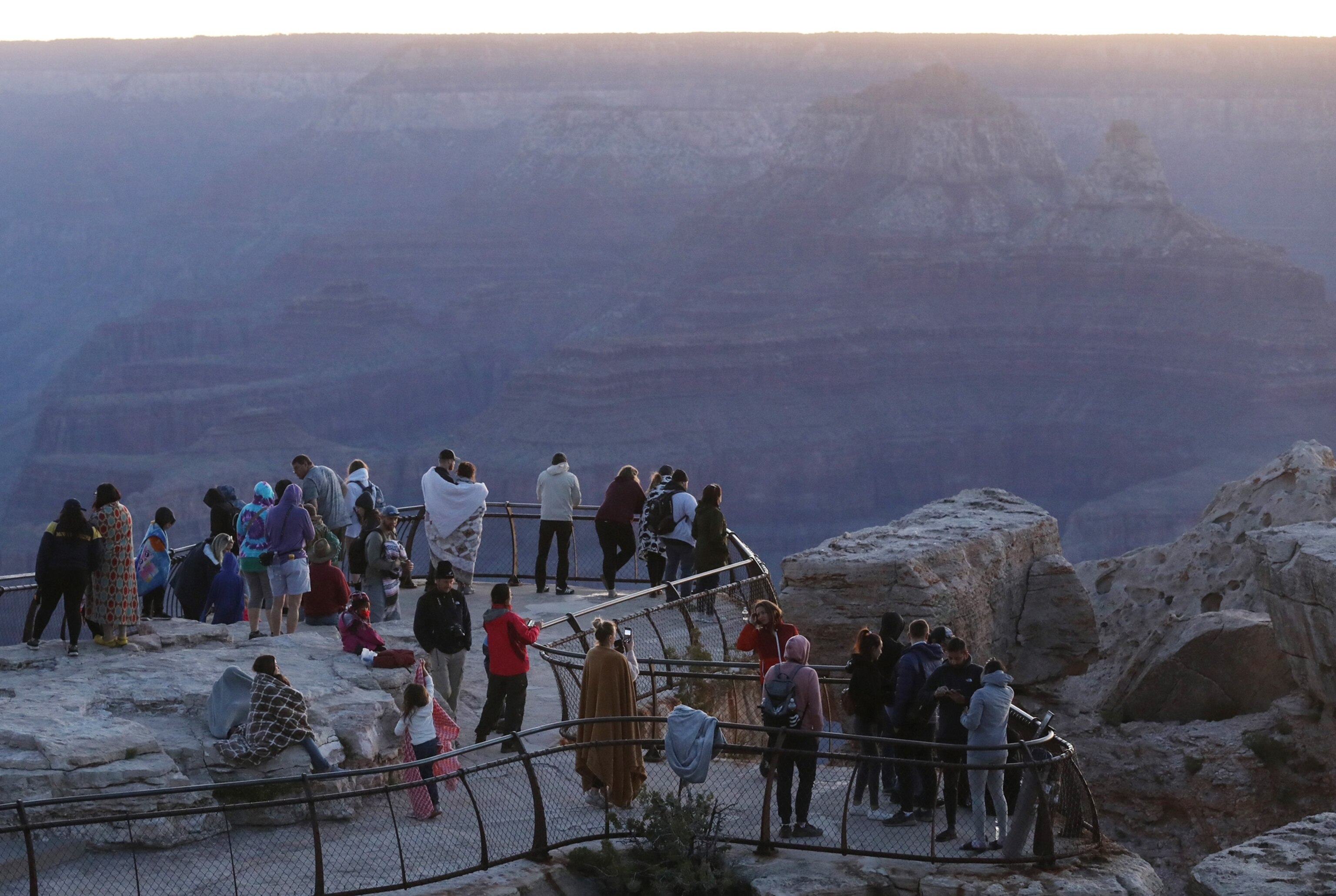
How to visit national parks as lockdowns lift
From figuring out which parks are open to the best practices once you’re there, take a look at these tips for traveling responsibly.
National parks in the United States have faced months of uncertainty during the coronavirus pandemic. March saw park fees waived to encourage visitors, a decision that courted controversy. April brought reports of vandalism at parks that remained open. Closing parks entirely created new problems by leaving neighboring, tourism-dependent towns in the lurch.
Now, as state lockdowns ease, some national parks are beginning to welcome visitors again. Here’s a guide for finding out which ones are open and how to visit them safely.
Are national parks open in the U.S.?
It depends. For the best information, check the official site of the park you intend to visit. You can search for parks by state, or scan the National Park Service’s central coronavirus resource for a list of the most recent changes to access, hours, and services at all 419 NPS units. National Parks Traveler, a nonprofit publication, also keeps an updated list of what’s open.
(Related: Summer at America’s national parks kicks off with long lines and crowded trails.)
Park openings have been fraught with the same inconsistencies that hampered their closures. At an April 22 press conference, President Donald Trump announced that parks would be reopening but offered no timeline or plan of action. Interior Secretary David Bernhardt, whose administration oversees the National Park Service, soon tweeted his commitment to “working with governors and local public health officials to gradually reopen our National Parks in a safe manner.”
The current plan, as announced online on May 19 by the U.S. Centers for Disease Control and Prevention (CDC), is to open national parks on a case-by-case basis.
What are the best practices for visiting national parks?
Stay close to home. The CDC instructs people to avoid long-distance travel. To locate NPS-administered areas near you, visit Find Your Park, which lists experiences near forests, rivers, and monuments as well as national parks. A search function tailors results to your interests and zip code.
Plan before you go. “Open” might not really mean, well, open. Be prepared to encounter reduced hours, off-limits areas, and limited or shuttered services (including restrooms)—especially since many park functions are managed by private concessioners who may be reopening on a different timeline than that of the park itself. To be prepared, plan to pack in your own food and other necessities.
Steer clear of groups. Memorial Day crowds slammed parks from Yellowstone to Zion, creating unsafe conditions for visitors and workers alike. Social distancing guidelines apply in the outdoors, too—especially when safety procedures vary from park to park. Make way on trails and avoid crowded spots in order to stay six feet apart from others, and wear a mask where necessary.

